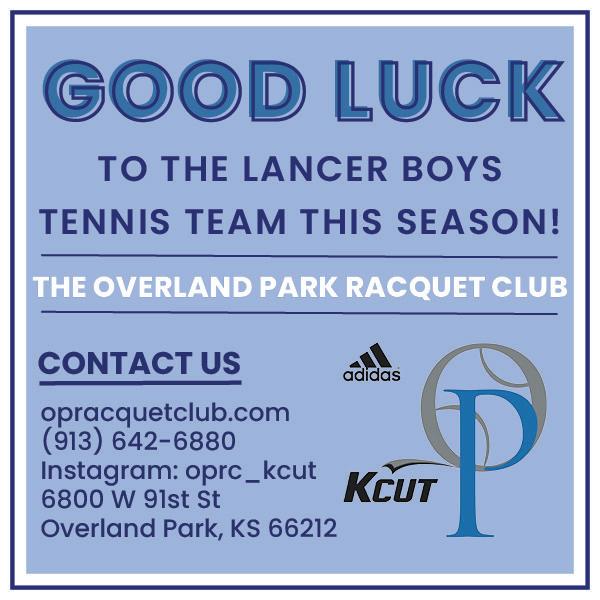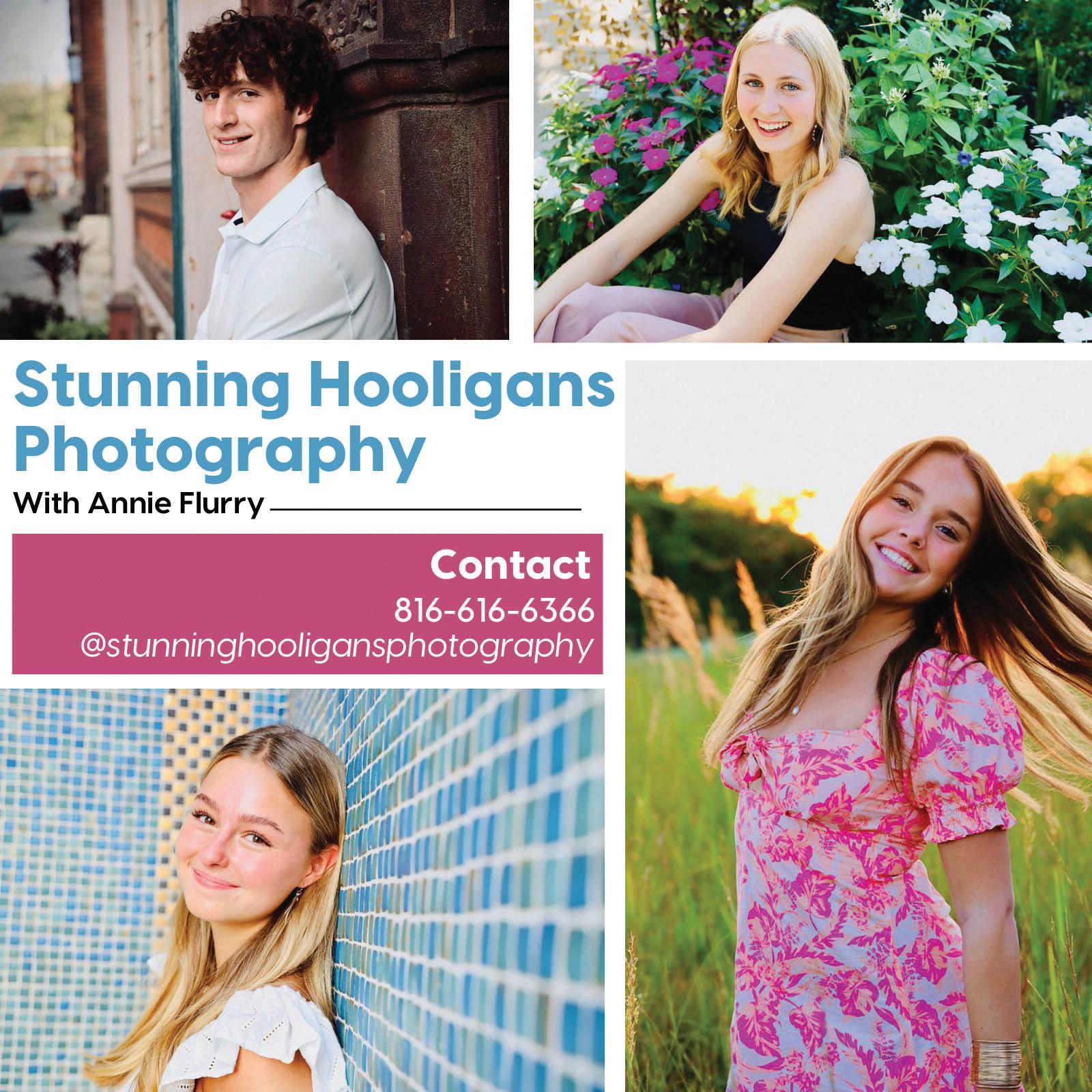

ADDIE MOORE


AVERY ANDERSON
LARKIN BRUNDIGE




ADDIE MOORE


AVERY ANDERSON
LARKIN BRUNDIGE

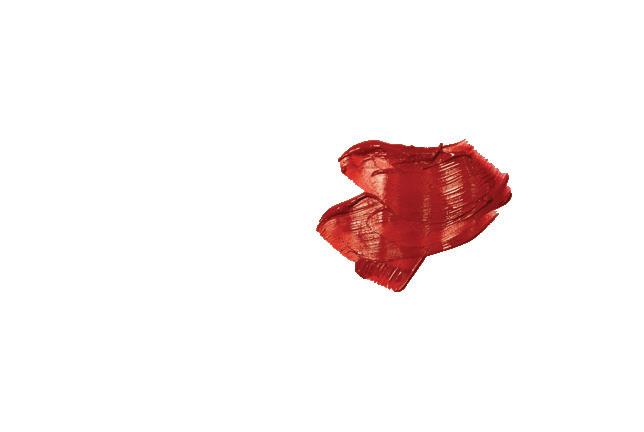
CONNOR VOGEL
ADA LILLIE WORTHINGTON
KAI MCPHAIL


PRINT EDITORS
Avery Anderson
Addie Moore
ONLINE EDITORS
Larkin Brundige
Connor Vogel
ASST. PRINT
Sophia Brockmeier
Libby Marsh
ASST. ONLINE EDITORS
Luciana Mendy
Lucy Stephens
HEAD COPY EDITOR
Ada Lillie Worthington
ASST. HEAD COPY EDITORS
Libby Marsh
Luciana Mendy
HEAD PHOTO EDITORS
Caroline Martucci
Molly Miller
Clara Peters
Amelie Wong
ASST. PHOTO EDITORS
Will Grif th
Paige Bean
Katie Cook
Addie Clark
Alex Sajna Mason Sajna
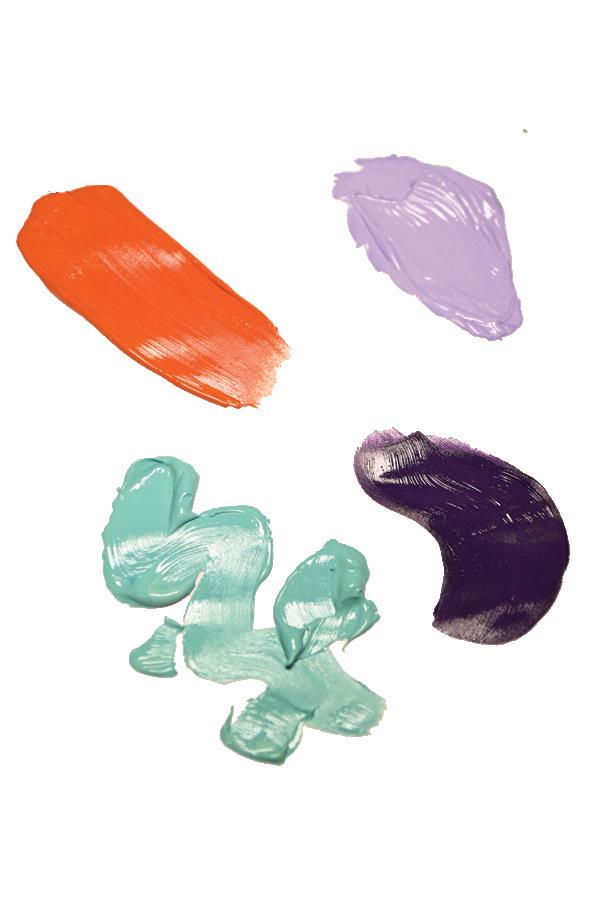



Preston Hooker
Kai McPhail
Sydney Eck Bella Broce

DESIGN EDITOR
Ava Slocum Tillie Paisner
Julia Campbell
Clara Burdick OPINION
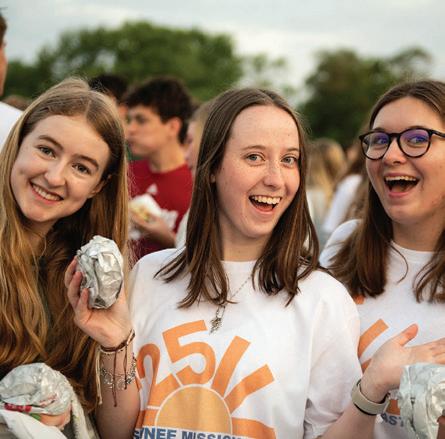
MOLLY MILLER
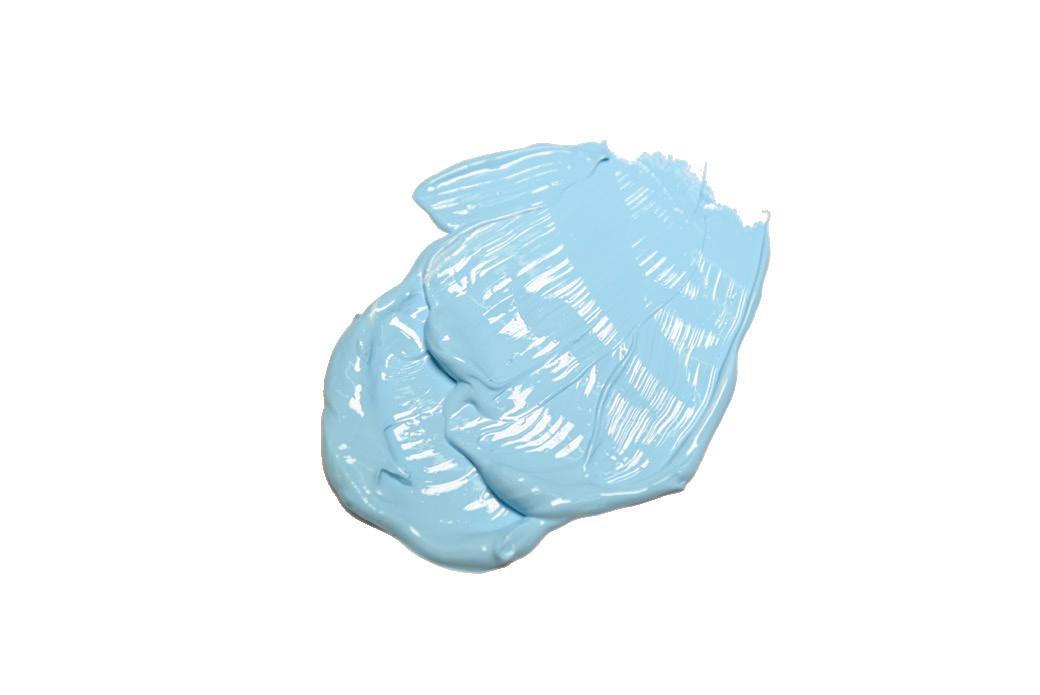

DESIGNERS Ben Bagby Ashtyn Ingram




CAROLINE MARTUCCI
Francesca Lorusso
Mason Sajna
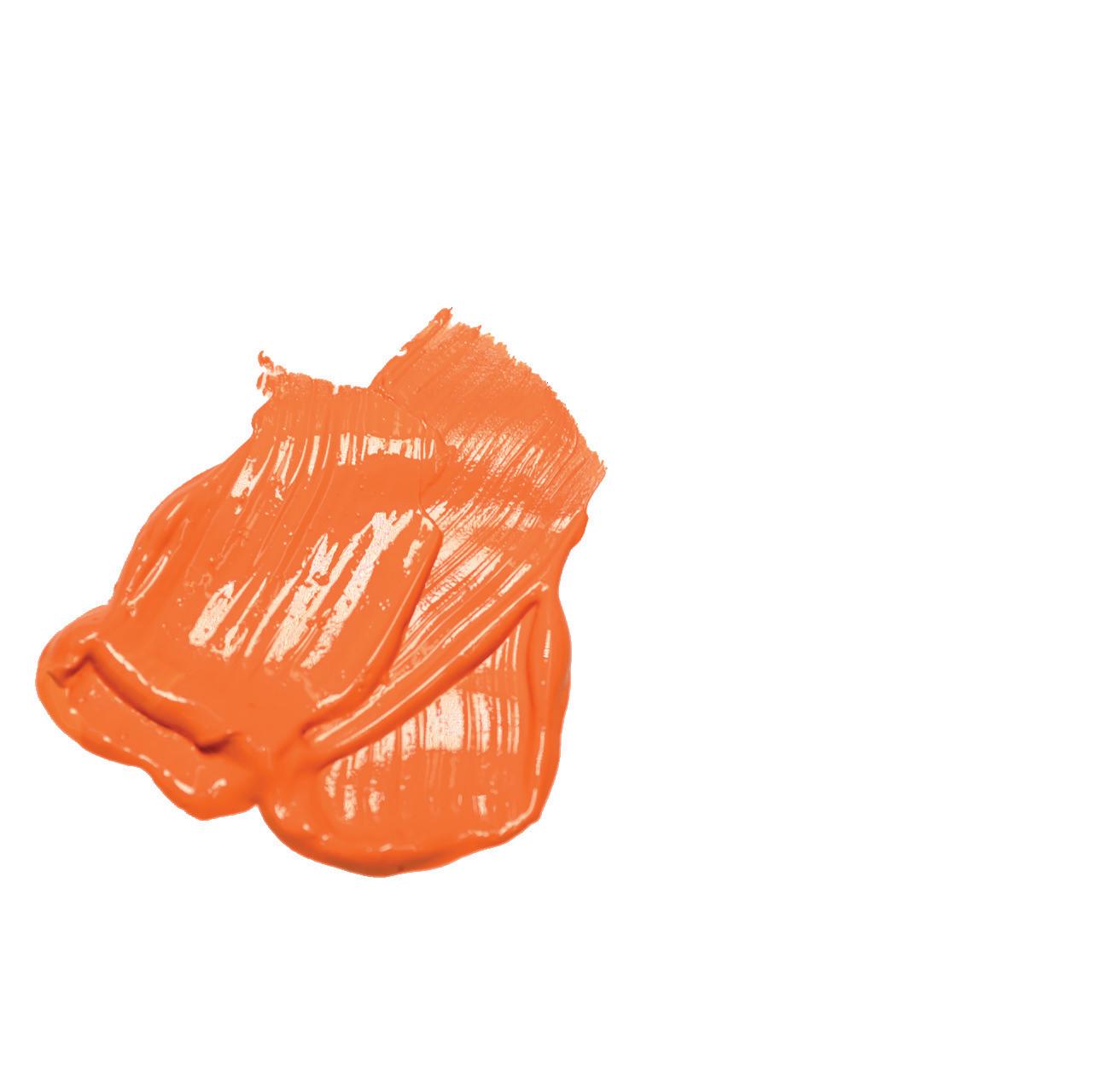


Reese Dunham
Molly Scott
Mary Gagen
Christopher Long
Liberda
Evelyn Bagley
SPORTS Lucy Swope

Addy Newman
PHOTOGRAPHERS
Sylvie DeGalan
Anastasia Flower
Evelyn Geheb
Vivien Glenski
Caroline Hoffman
Lexi Madden
Tyler Russell
Zac Russell

Mya Smith
Alex Harden
Jeremy George SECTION EDITORS
Simon Shawver
Ava Towner
Annie Trenkle
Mac Christian ASST. DESIGN EDITORS
Molly McDermed
Lila Elwood
Emma Weidman
EQUIPMENT MANAGER
Mason Sajna
COPY EDITORS
Emmerson Winfrey
Lucy Wolf
Michael Yi
Grace Pei
Ellen Bowser
Avni Bansal
ART EDITORS
Kai McPhail
Avery Foster
Francesca Lorusso

LUCY WOLF
AVERY FOSTER
ELLEN BOWSER
CLARA BURDICK
MASON SAJNA
ALEX SAJNA

SOCIAL MEDIA EDITORS
Isabel Baldassaro
Lucy Stephens
ASST. SOCIAL MEDIA EDITORS
Sydney Eck
Lyla Weeks ASST.
SOCIAL MEDIA STAFF
Adyson Cooper
ADS MANAGER
Michael Yi
CIRCULATION MANAGER
Reese Dunham

CONTEST COORDINATORS
Sophia Brockmeier
Addie Clark
The Harbinger is a student run publication. Published editorials express the views of the Harbinger staff. Signed columns published in the Harbinger express the writer’s personal opinion. The content and opinions of the Harbinger do not represent the student body, faculty, administration or Shawnee Mission School District. The Harbinger will not share any unpublished content, but quotes material may be con Harbinger encourages letters to the editors, but reserves the right to reject them for reasons including but not limited to lack of space, multiple letters of the same topic and personal attacks contained in the letter. The Harbinger will not edit content though letters may be edited for clarity, length or mechanics. Letters should be sent to room 400 or emailed to smeharbinger@gmail.com.
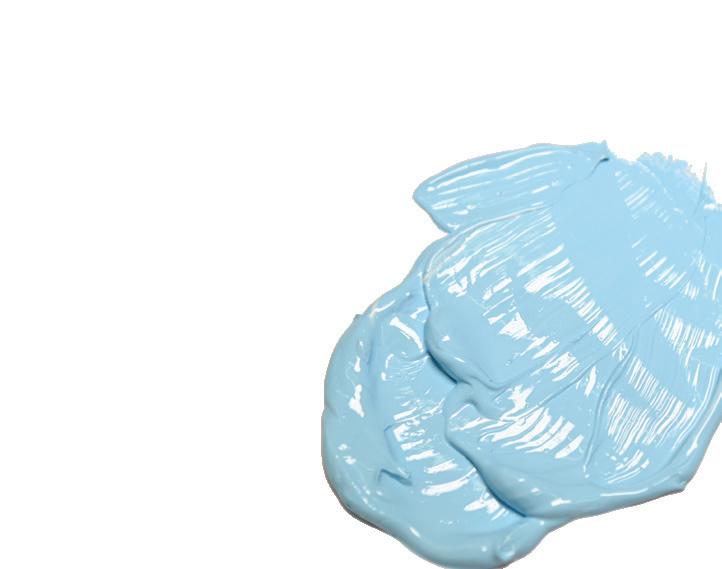
MAY 12, 2025
Seniors Ishya Bhavsar and Macy Garwood will play tennis at nearby universities next year after training together for almost a decade
story by christopher long
a Chrystler rental van during 100 degrees Fahrenheit weather to sharing a room at the state tournament in Junction City, Kansas, seniors Macy Garwood and Ishya Bhavsar have played tennis together at Overland Park Racquet Club since they were 11 years old.
“We must have been 11 or 12,” Bhavsar said. “And I just remember we were standing in a circle listening to the coach explain the next drill and [Garwood] was standing right next to me.”
With Bhavsar committing to Pomona College and Garwood committing to Scripps College, their friendly rivalry will continue past high school.
“We’ve gotten to be a lot better friends, especially through the college recruiting experience,” Garwood said. “I feel like we have so much fun because our personalities go so well together.”
While CMS and Pomona are separate schools with different athletic programs, they’re part of the 5C consortium and share the same campus, so Garwood and Bhavsar may find themselves sharing a classroom once again.
The 5C consortium is a system where each of the 5 schools in Claremont, CA — Pomona, Claremont Mckenna, Pitzer, Harvey Mudd and Scripps — specialize
in a certain area of study. Students at 5C schools can take classes at the other schools as long as they take 20% of their classes at the school they actually attend.
“If my team can’t hit, I’ll always have someone I know nearby,” Garwood said. “It’ll be nice to be able to keep that going and have someone I can go train with or even just go to lunch with.”
IF MY TEAM can’t hit, I’ll always have someone I know nearby. It’ll be nice to be able to keep that going and have someone I can go train with or even just go to lunch with.”
MACY GARWOOD SENIOR
With numerous tennis accomplishments, Garwood and Bhavsar explained that before committing, they were unsure whether to play tennis at a small Division III school or not play tennis for a larger, high academic university.
shared concerns over playing college tennis, Kansas City United Tennis co-founder Eric Rand, with a wide network of college coach acquaintances, helped them work through the road of college recruiting.
200 kids into college,” Rand said. “And [when] you’ve done this as long as me and Elliot have, you can earmark certain schools that might work for kids and [CMS and Pomona] were ones that we just went for.”
Garwood’s chronic wrist injuries throughout high school and Bhavsar’s balance of trying to get enough tournament matches while taking a rigorous IB diploma course load, he had no trouble pitching the both of them to college coaches.

“Academics come first for me,” Bhavsar said. “I was pretty set on playing Division III because I wanted to go to a school where even if I hurt myself so badly that I could never play tennis again, I would still be happy going to that school academically.”

academic kids and to be able to play at two of the top Division III tennis schools and academic schools was a home run,” Rand said. “It was very rewarding as a coach to see that happen for both of the girls.”
FROM TO
After playing together as kids, Ishya and Macy will be playing on rival tennis teams
- played together since 11 years old


- Ishya & Macy both played singles at 6A KSHAA State during high school
- Ishya is playing for Pomona-Pitzer Athletics & Macy is playing for Claremont-Mudd-Scripps. Both are a part of the Claremont colleges
THE HARBINGER
Seniors finish the planning for their graduation parties and reflect on the process
THE START OF Graduation season has begun.
Grad parties usually consist of around 200 people; when you walk in, you usually see decorations and picture boards. As time passes, the party starts getting more crowded and people usually gather with each other and eat food.
Usually, seniors join together with two or three classmates to throw a joint graduation party. They make a GroupMe and add friends, family and underclassmen.
Junior Abby Jackson has around 10-20 grad parties to attend, which she is thrilled for. She wrote the dates and times in her calendar to make sure she could make it to all of them. Jackson is most excited about taking pictures with her friends for the memories to keep.
To the people attending the grad party, it just seems like a fun party, according to junior Lydia Parsi. But to the people setting it up, it’s a lot more work than what meets the eye. Senior Evie Ordonez had her party on May 3, one of the first of this “grad season.”
Seniors Ava Smith, Helen Miroslaw and Ordonez decided to do their parties together last year after attending their senior friends’ parties.
“A lot more goes into it than I thought,” Ordonez said. “Ours was planned a little later so we just went with whatever available time we could find.”
SM East parent Jen Miller
had created a spreadsheet in which everyone who’s having a grad party can claim an available spot. She was aiming to prevent grad parties from overlapping so people could attend more.
“I think we all were just going to them together junior year and were like, ‘wait, let’s just do ours together, ’” Smith said. “And since then, it kinda just stuck.”
Ordonez and her family met with the Smith and Miroslaw families before spring break to start brainstorming ideas. They discussed when and where they wanted to have the party, eventually deciding on the Ordonez’s house since they live near a park with a large amount of parking space.
Ordonez’s mom Besty Ordonez booked a tent, tables and chairs to set up in their back and front yard for the party.
“We went over what we all individually wanted, but were pretty low maintenance and didn’t want anything too crazy and mainly just wanted people to have fun,” Smith said.
Grad parties usually include food trucks or catering that the grad chooses. For food the girls had originally looked at catering but thought of a better idea. They had their party on the day the Kentucky Derby was, so they decided for food to do small snacks like charcuterie boards, vegetables, and sandwiches which they made all by themselves.
Decorations are a big part of a grad party; every grad party has the same vibe so adding
decorations can show your personality. The girls mainly relied on Pinterest for the theme. The original idea was to make it a Kentucky Derby themed by making it “Off to the Races themed,” but they steered away from that as they realized it would be difficult to achieve and execute without making it look tacky with the decorations and just never followed through.
Usually, to keep people occupied there are games like cornhole and frisbees.
In the end, Ordonez, Smith and Miroslaw decided on a spring theme, buying flower bouquets and creating arrangements.
“It was super planned and we were mainly just hoping it would come together on the actual day,” Ordonez said.
Hosting grad parties is a lot more responsibility than just showing up, according to Smith. She felt more responsible for making sure she went and talked to everyone, especially the parents rather than the kids she was gonna see at other grad parties the same day.
“I kinda felt like a chicken running around with my head cut off on my own,” Smith said. “It was very overwhelming, but it was great.”
Balancing out your own grad party while going to others can be a challenge, according to senior Parker Paben. She had her first grad party at 10:30 a.m. so she planned accordingly by setting up at night and
waking up early in the morning so everythings ready including food set out, decorations and getting the games out before people arrived.
story by vanessa blades

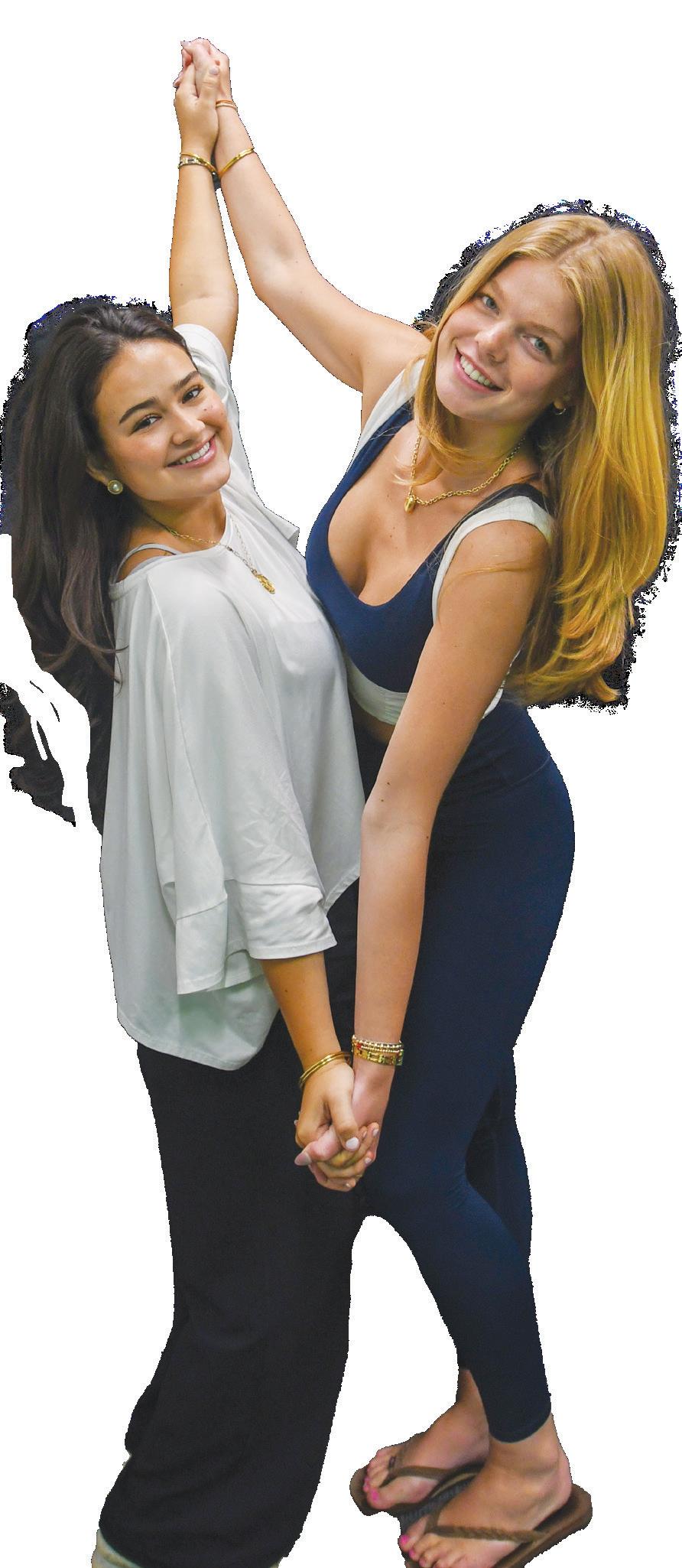

The average cost of a 60-person graduation party in the US and in Kansas
Average grad party in us for 60 people - 1,128.51

Average grad party in Kansas for 60 people - $1,103.58
Sisters Evan and Lilah Platz — one grade apart — close the end of their high school careers together
story by addy newman
SISTERS EVAN AND Lilah Platz have plenty of differences — Type A personality vs. Type B, two classes this semester vs. nine and buying new clothes vs. thrifting.
“I feel like I’ve picked up on a lot of what she does [over the years],” Lilah said. “And I would say we’re pretty similar [now]. The other day, my mom sent us a photo that was taken of both of us, and we’re doing the same head tilt, same smile, same everything.”
This year, their normal-sister bickering, movie nights, before-school car rides, competitive volleyball games near their childhood neighborhood Lake of the Forest and trips to the dog park will be coming to an end. The pair will be going to different places across the world.
This year, the sisters will be graduating high school together — walking across the stage one after the other.
After May 20, Evan will be going to Semester at Sea — a multi-country study abroad experience — in the fall to study business and marketing while living on a ship. Lilah will be attending Colorado State University, majoring in clinical psychology.
The two have always been one grade apart, this year Lilah a junior and Evan a senior. But since Lilah has chosen to graduate one year early, they’ll both be graduating this year as part of the Class of 2025.
“I will call her every week,” Lilah said. “She will be forced to talk to me. Any chance she’ll answer, I’ll take it. She’s not coming back [for four months], but I didn’t process that [yet].”
For the past two summers, Evan has participated in Action Quest, a three-week sailing camp in the summer, in preparation for Semester at Sea. This, combined with the sisters’ countless journeys from home and riding the family’s Airstream — a RVlike travelling vehicle — to the beach, has contributed to Evan’s love for the ocean and traveling.
Evan always knew she didn’t want to stay in Kansas for college. A future that would either mean spending at least $200,000 on out-of-state college tuition or choosing an alternative.
“I eventually was like, [going to college] is just not for me,” Evan said. “I don’t want to go
wear the same clothes, listen to the same music. It wasn’t really like one of us was behind or like we have different interests, or like we’re in a different era. It was all the same.
EVAN PLATZ SENIOR


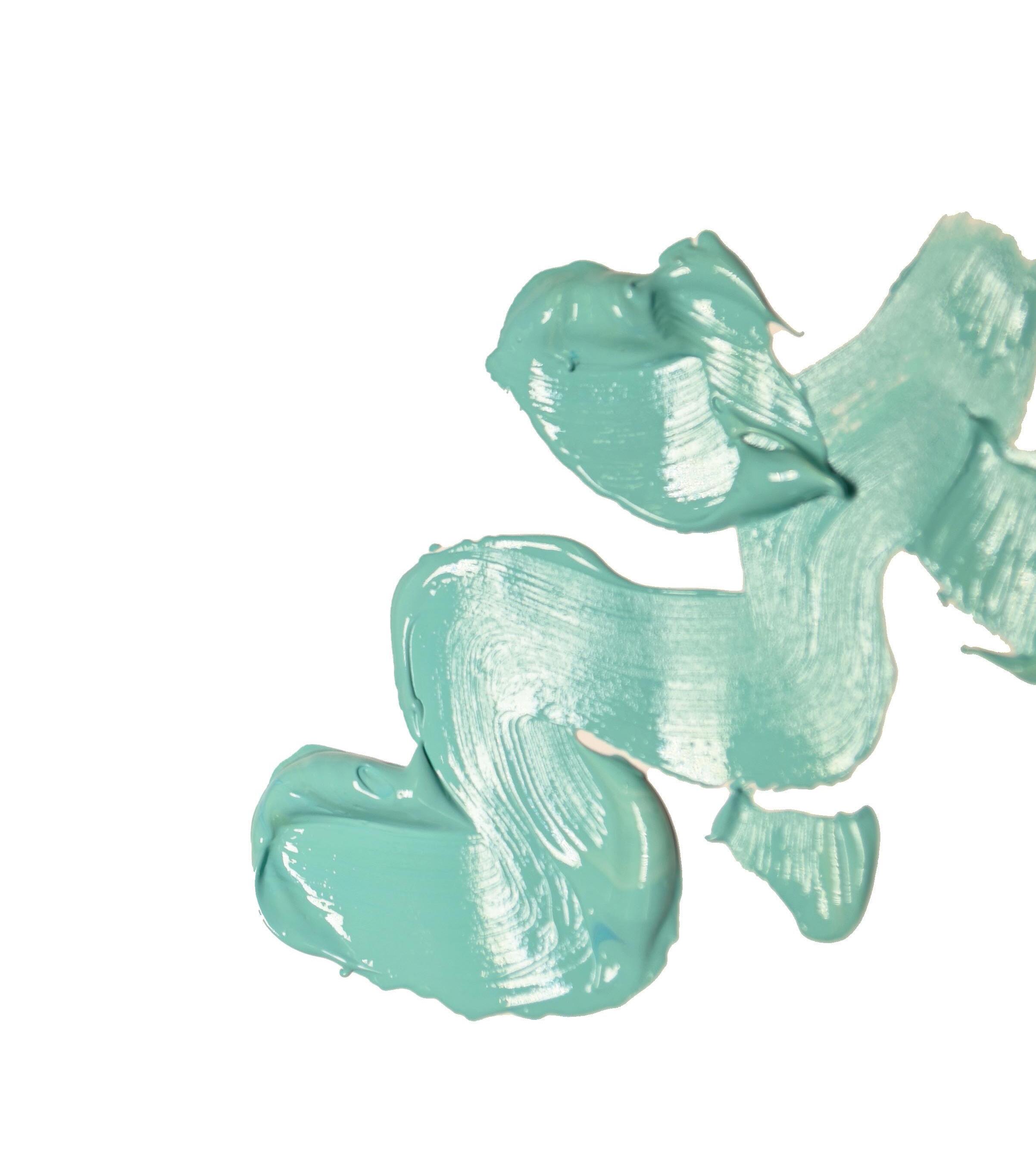

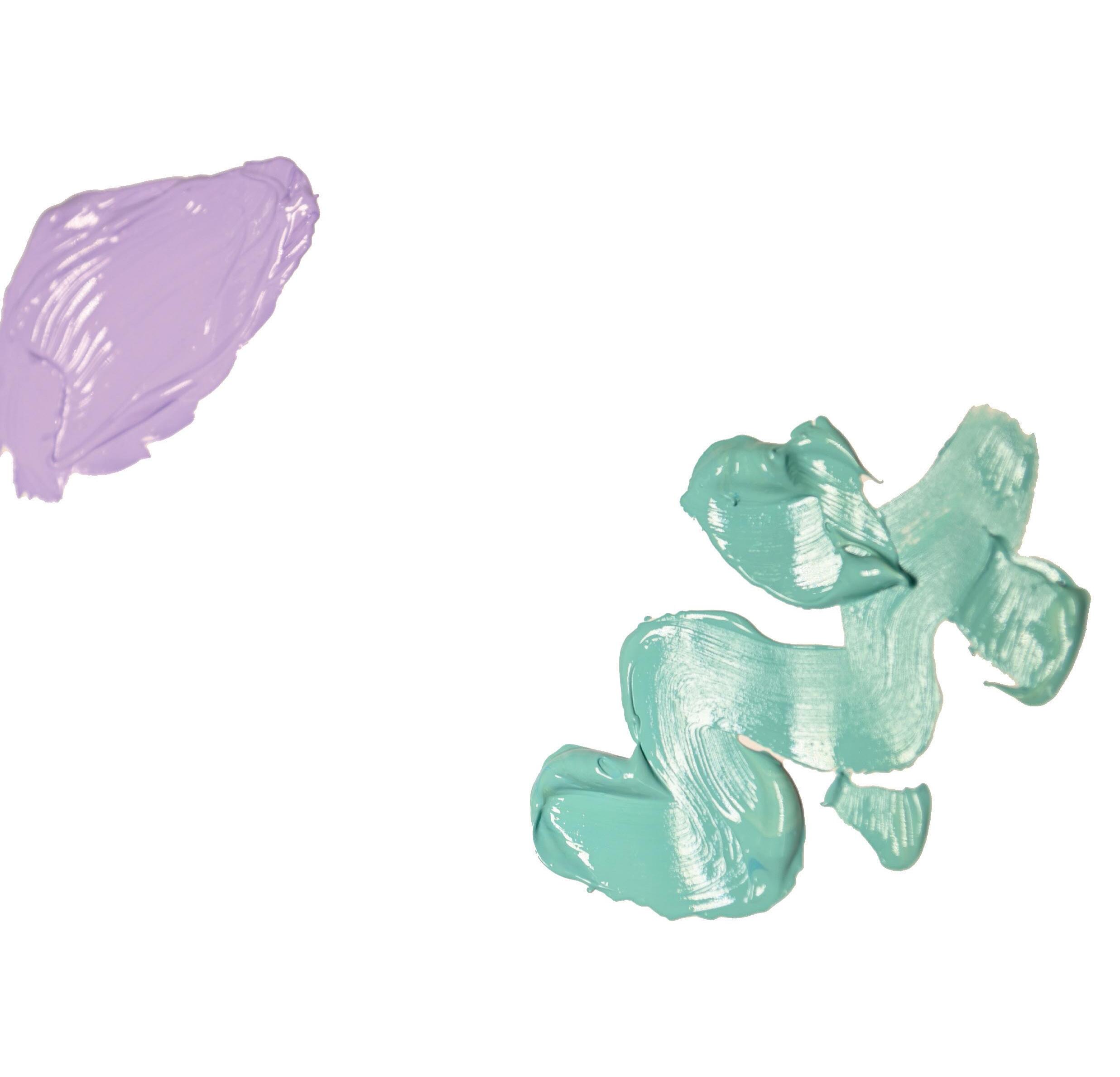

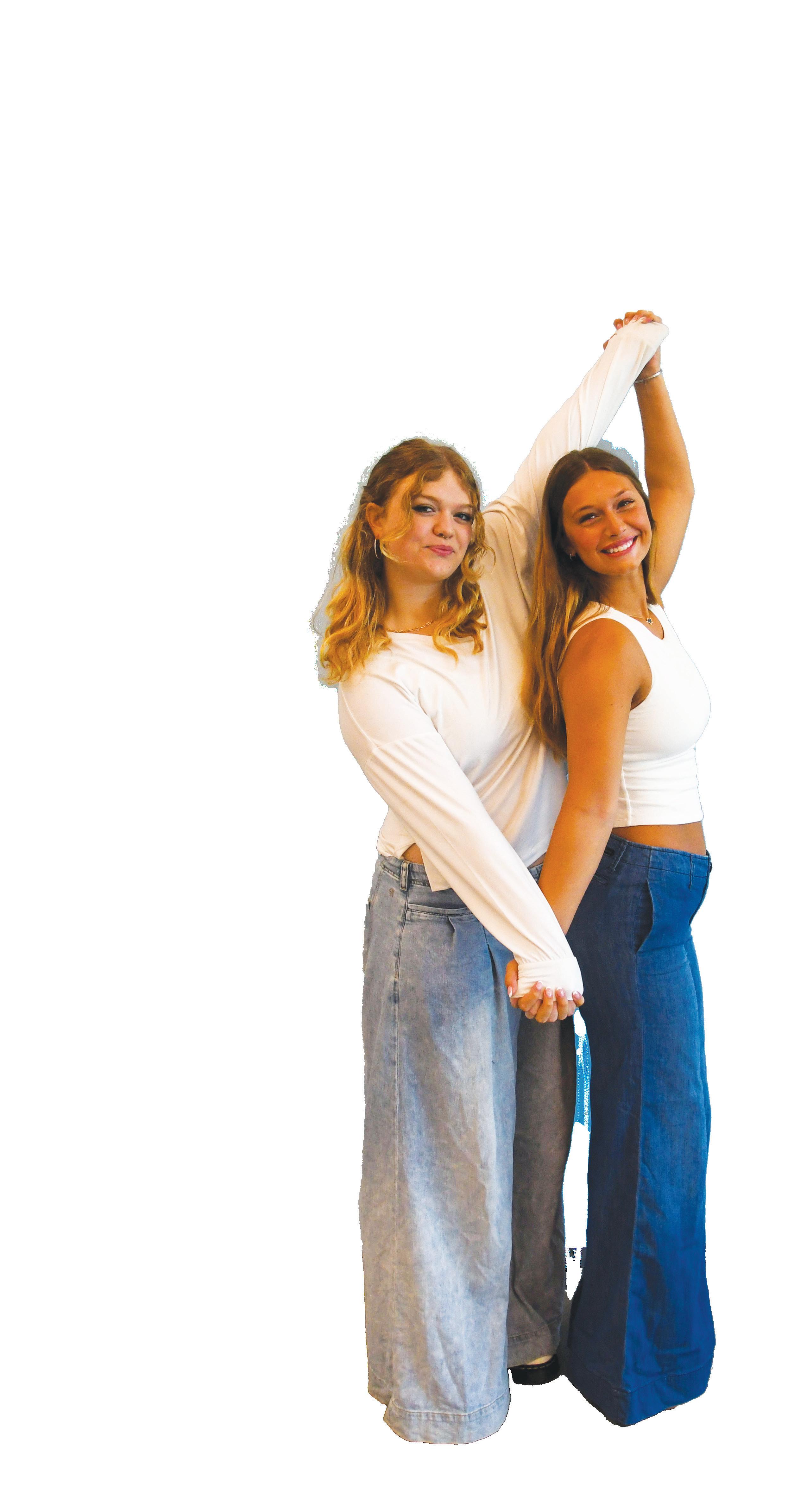


story by grace pei
FOUTCH spent most of her jewelry and sculpture class at the belt sander, standing up from her wheelchair. She was determined to sand the wooden pieces for her jewelry box even if she felt weak from her cancer treatments.
If she couldn’t figure out how to solve a math problem in her Algebra 3 class, she wouldn’t give up. She knew she was capable. And so she kept trying.
“She was gritty and tough,” Carlie’s uncle and psychology teacher Brett Kramer said. “If you told her that she wasn’t healthy enough to do her school work, she would take that as a challenge and say, ‘Watch me.’”
Carlie would’ve graduated this month with the rest of the class of 2025. She passed away from acute myeloid leukemia — a bone marrow cancer — in January of last year, leaving an impact on her friends, family, basketball teammates and teachers.
Her passion and stubbornness stuck out to her friends and teachers. She always found a way to bring basketball into a conversation with friends and teachers, and her Make-a-Wish request allowed her to meet the WNBA team Los Angeles Sparks.
She was positive and always put others before herself — something her friends, teachers and mom, Misty Kramer, remember
about her.
“Whenever she would see that I was sad, she would put her hand on my face and say, ‘Mom, it’s gonna be okay,’” Misty Kramer said. “So even when things were tough, she was doing her best to cheer everybody up around her. She didn’t care how crappy she felt [or] how weak she felt.”
SM East moms of now-seniors who were friends with Carlie — Maria Worthington, Jessica Peters and Kelly Martucci — helped pay for a senior tile dedicated to Carlie.
“She is a member of the senior class and will always be a member of the senior class,” Worthington said. “And she will be there May 20 [at graduation] with them in spirit.”
During her junior year at East, Carlie joined the girls JV-varsity basketball team, as she wanted to play basketball for the Sparks. She showed up to an open gym, shot baskets and went to as many practices as she could, despite being physically drained.
However, her passion and resilience inspired her teammates to appreciate their ability to play basketball.
“She made us all remember our love for the sport and how grateful we should be that we are still able to be physically active,” Carlie’s teammate and senior Rachel Condon said. “Yes, of course, the sport can be tiring at times, but we’re so lucky to be able to play it because Carlie would have given anything


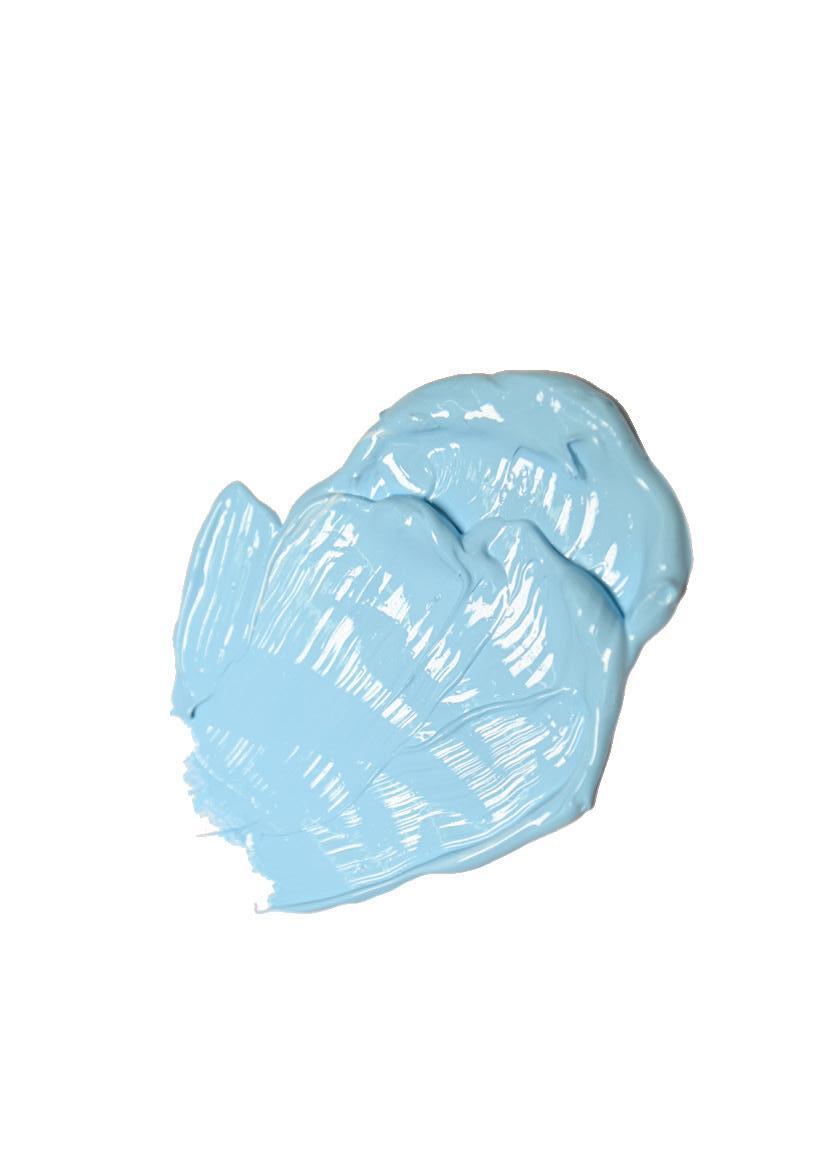
Carlie Foutch, class of 2025, passed away last year and stood out for her positivity and confidence — making a lasting impact on her friends, family and teachers
to be able to play with us.”
The week after she passed on Jan. 28, the girls varsity basketball team played against Olathe North, and they started the game with four players instead of five — leaving a spot for Carlie.

of her time in bed making a Stitch sticker — from “Lilo and Stitch” — to give to her friend, senior Clara Peters. Peters still keeps the sticker in a box on her desk.
Carlie’s tribute game was the first time in seven years they won against Olathe North, with a score of 39-29.

WOULD see that I was sad, she would put her hand on my face and say, ‘Mom, it’s gonna be okay.’So even when things were tough, she was doing her best to cheer everybody up around her. She didn’t care how crappy she felt [or] how weak she felt.
MISTY KRAMER
“Everybody was trying to play as hard as they could, because it was for Carlie,” varsity basketball player and junior Fina Kessler said.
During her classes at school, Carlie was able to connect with her Algebra 3 teacher, Spencer Feldkamp, who had cancer when he was 23 years old.
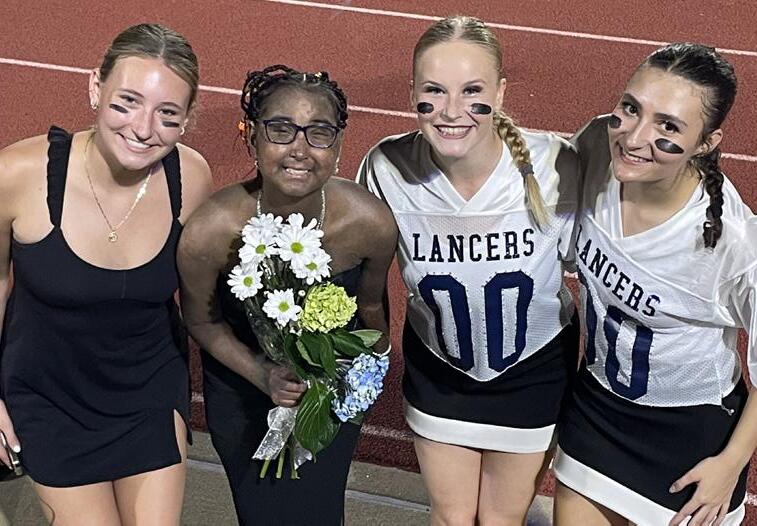

“When you’re going through something like that, you just want your normal life back,” Feldkamp said. “And so my goal each day was to try to give Carlie a chance to live a normal life while she was here at school.”
Towards the end of her time at East, Carlie became too sick to go to school. She spent some
“I thought it was really sweet that she thought to make that for me,” Peters said. “Especially since she’s so passionate about Stitch too, it felt really personal.”
Carlie’s time in the hospital was spent working on her book, “Finding Myself,” about her journey being diagnosed with cancer where she insisted her June 16 birthday was in summer, not spring. In school, she took multiple math classes junior year because of her love for math, and she was grateful for the opportunity to go to school in person — even if it was only for four months.
“I don’t want to leave anything [about Carlie] out,” Brett Kramer said. “Because it matters.”
Carlie’s first jewelry and sculpture project was a cancer awareness ribbon she cut out of metal, and her last project was a wooden jewelry case. She never got to finish it.
“I have the pieces in a drawer still,” Jewelry and Sculpture teacher Jennifer Hensley said. “I don’t really know what to do with it.”
To honor Carlie, her hometown high school in Belleville, KS has made their class color orange, like the leukemia cancer ribbon. At their graduation, they’ll leave an empty chair for her with flowers and a graduation cap.
In the center of the senior tiles in the East gym hallway, Carlie’s name can be found along with musical notes, representing her time in choir, and a basketball swishing through a hoop.
Her tile says: “Be the light.”
“She just had a light about her,” Hensley said. “Her favorite color was yellow, and it made so much sense because [there] was just sunshine and light around her.”


BELOW Senior Ellen Bowser attempts to push senior Luke LaHue off the final chair in the musical chairs competition between Sweetheart candidates at the sweetheart assembly. “I did try to get him off, and [pull] the chair out from under him,” Bowser said. “But I missed it by this much.”
photo by mason sajna
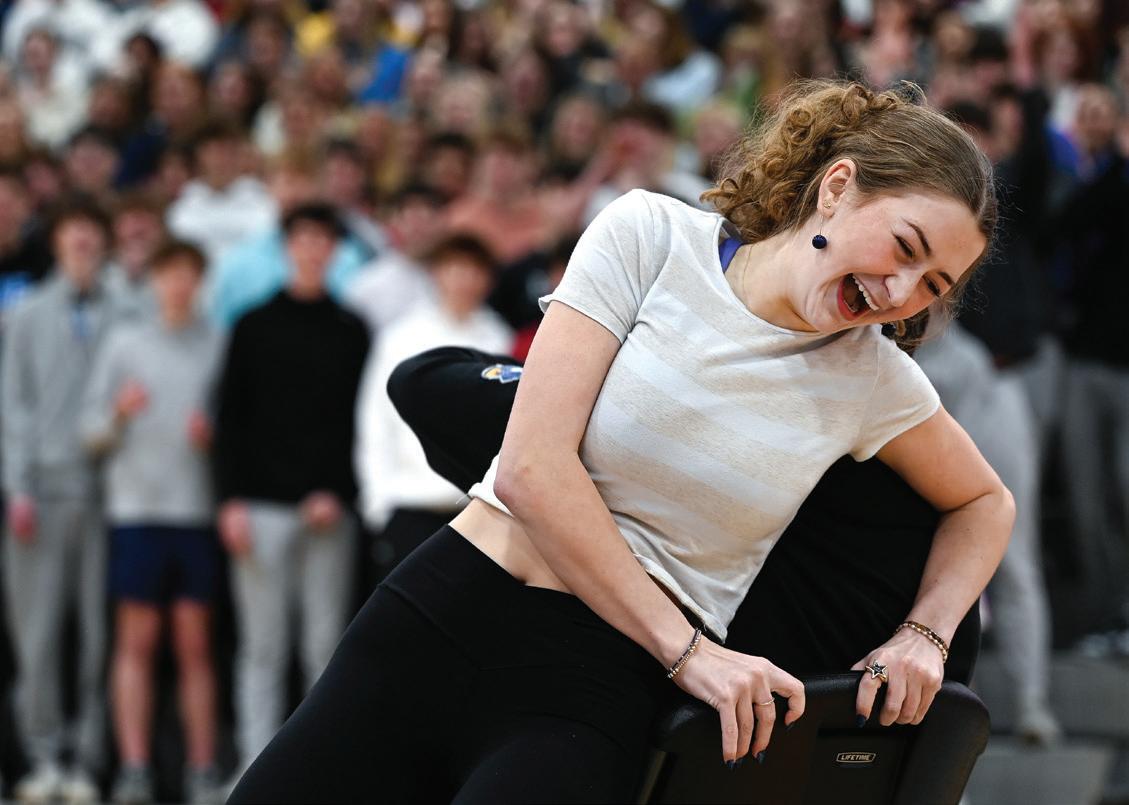



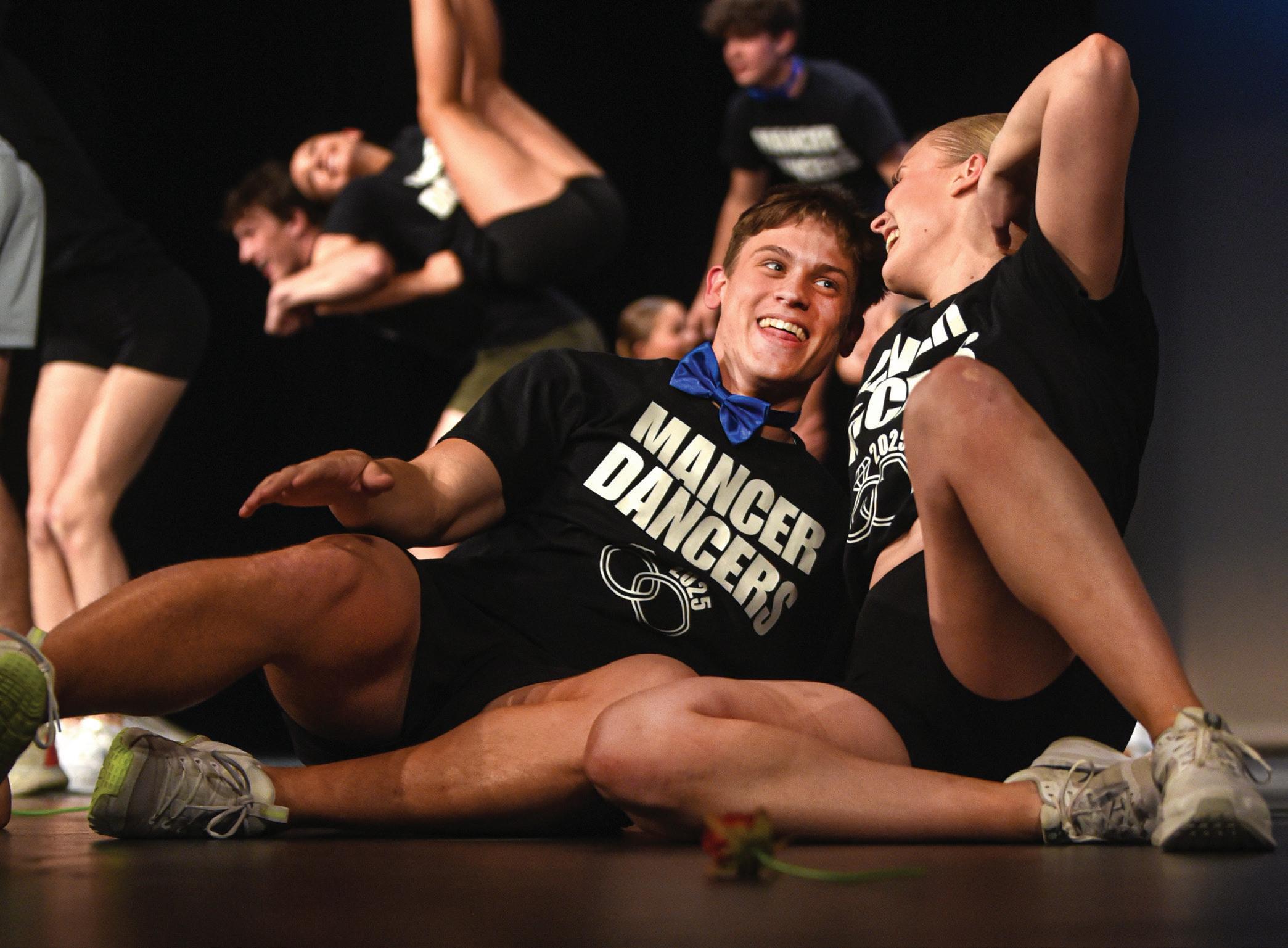
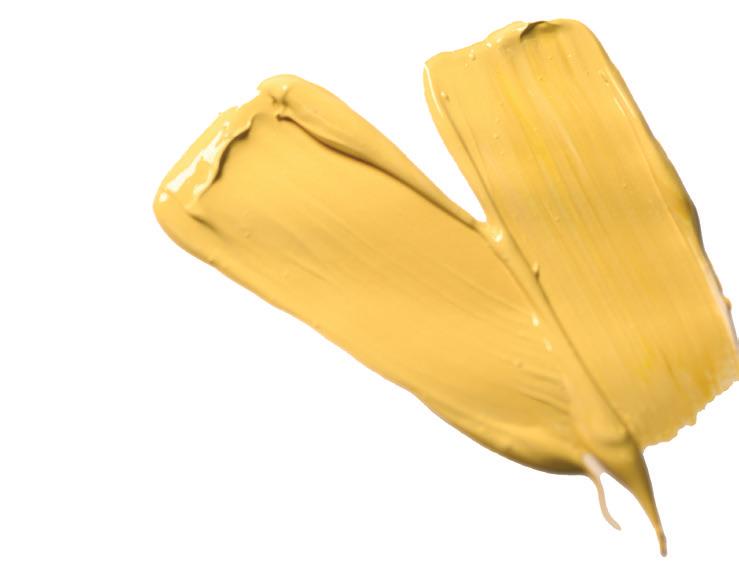
LEFT Seniors Brady Haughton and Clara
share a smile after completing the Mancer Dancer routine. “We’ve done Mancer Dancer together the past four years” Burdick said.
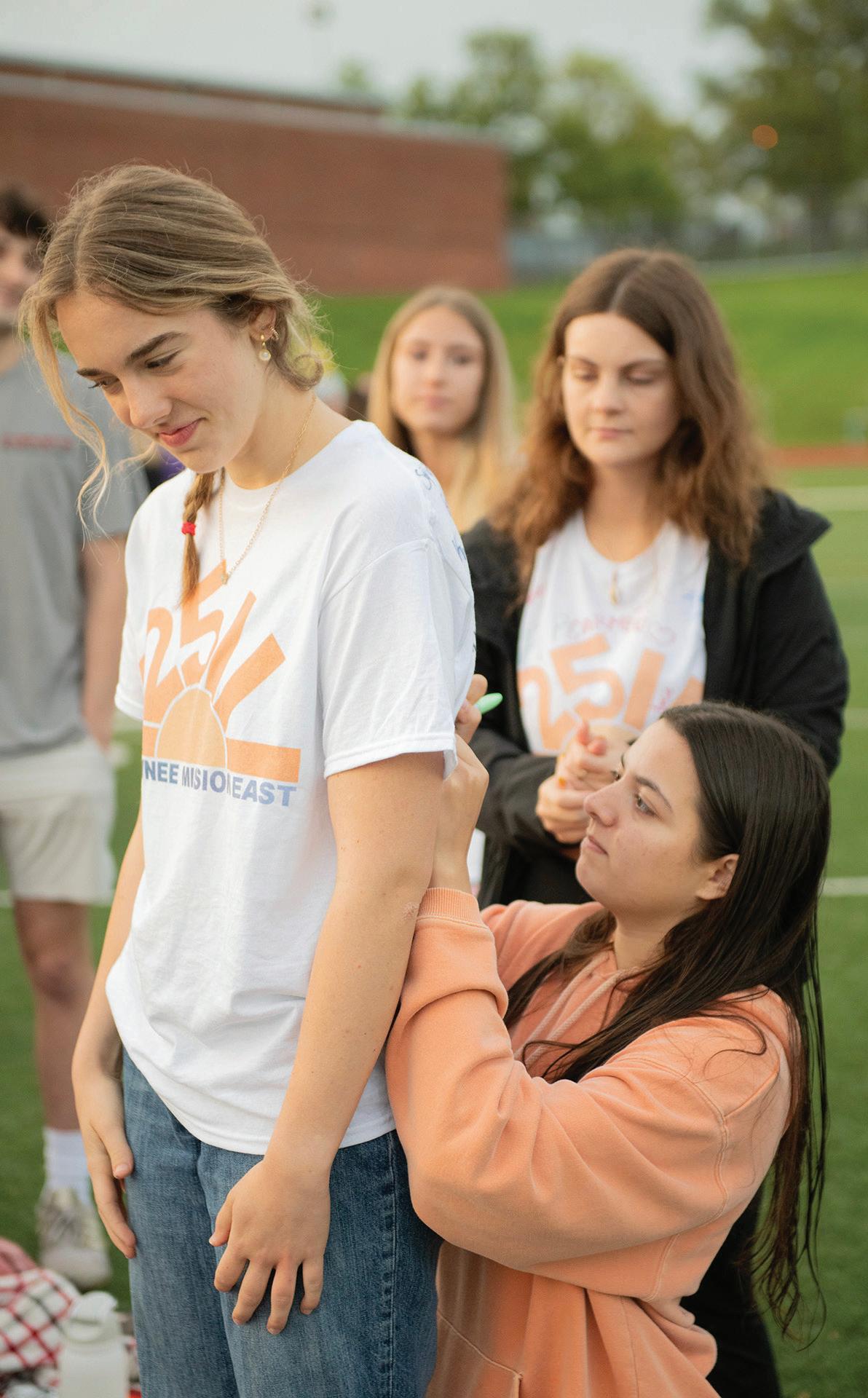


stories by preston hooker

Seniors with double majors begin to make plans to manage their workload in college
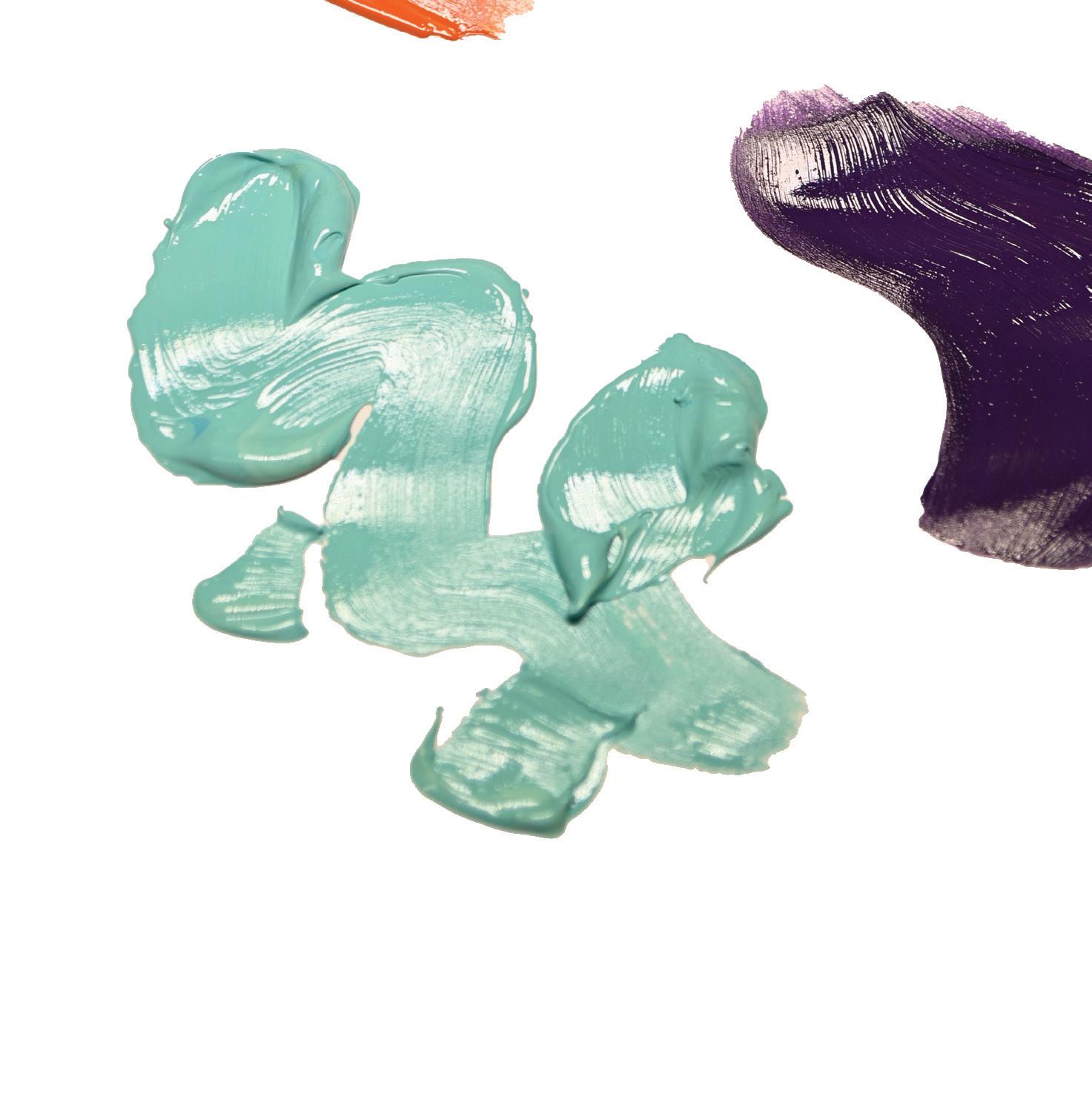
of around 20 people that overlap required classes in order to complete major requirements, combining credits for two different majors.
The sociology classes Batdorf will take focus on the social behaviors and actions of humans, while the psychology major is focused on the science and “why” behind human actions and emotions. Forensic psychologists would use these skills to evaluate the mental risk and patterns of criminals.
Similarly, Campbell is double-majoring at the University of Arkansas. She hopes to become a criminal psychologist, with similar duties to a forensic psychologist, believing the double major will set up the foundations for graduate school to be completed more efficiently with her existing credits.

Both students have their own unique yellow.”
Though intricate, the senior’s 2025 college schedule is shaped for success, whether it’s rocket science or crime fighting.
AMAJOR IN astrophysics, romance languages and literature, complete with a minor in math and chemistry.
These expansive courses sum up what senior Reagan Solenberger’s studies will look like at Washington University in St. Louis next fall.

A major in astrophysics, romance languages and literature, complete with a minor in math and chemistry.
These expansive courses sum up what senior Reagan Solenberger’s studies will look like at Washington University in St. Louis next fall.
These rigorous and specific focuses all add up to one specific career goal — a liaison program with NASA and the European Space Agency.
Since Solenberger was a child, she’s looked up at the stars with inquisitiveness and longing, hoping to one day understand them. Now, she’s one step closer to being right next to them.
The liaison program will allow Solenberger to actively engage with space agencies and branches as a representative of NASA. The astrophysics major includes the knowledge required for NASA’s program, which Solenberger will apply for post-degree, while the romance languages will be used to interact with other international astrophysicists.
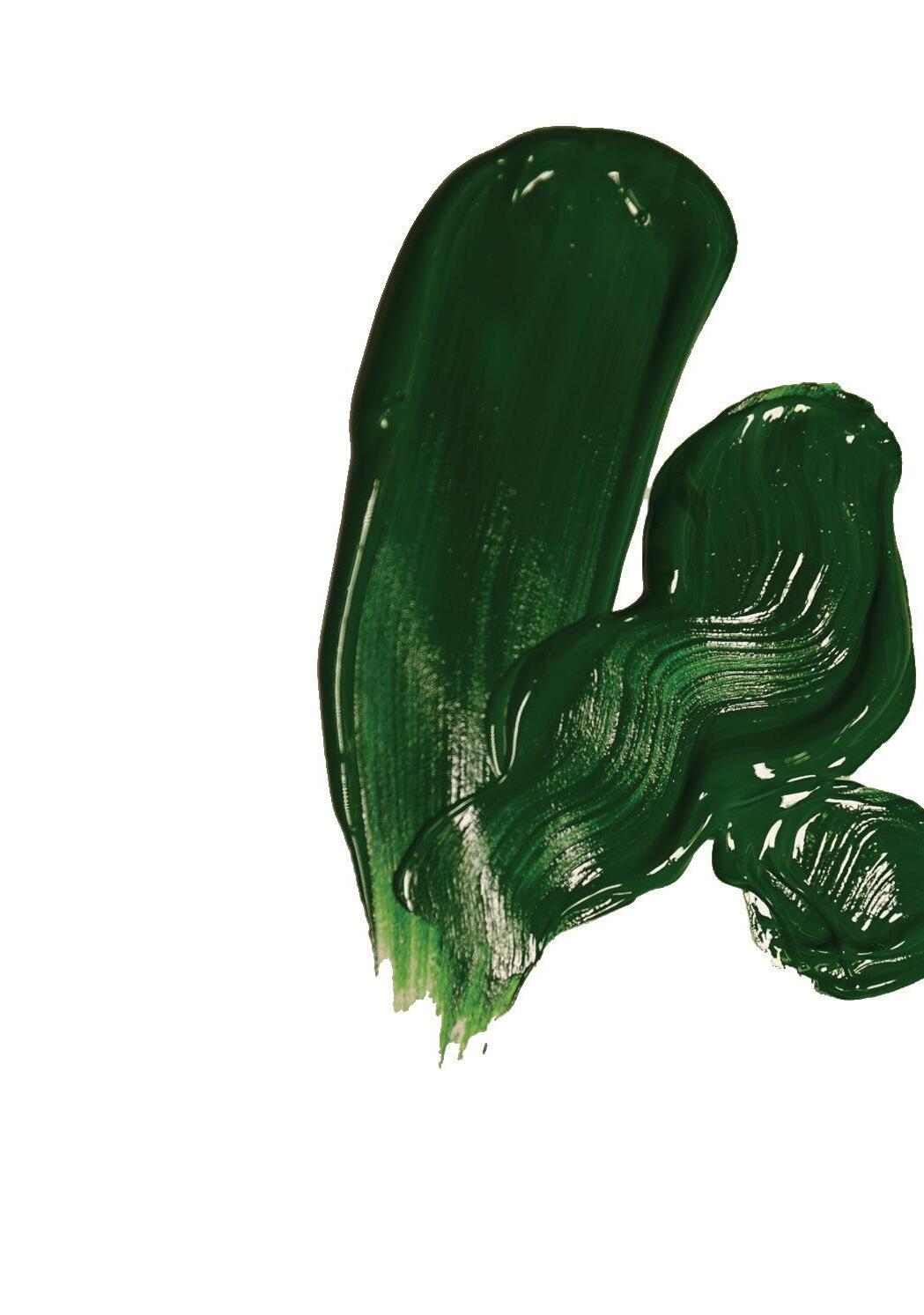

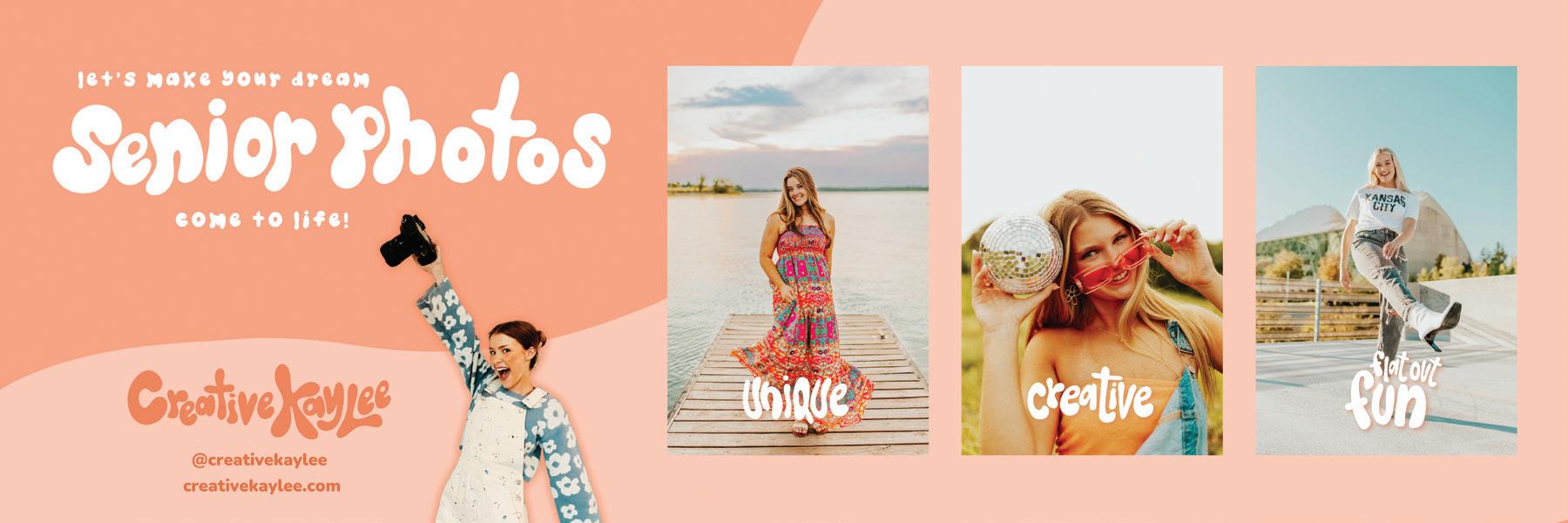
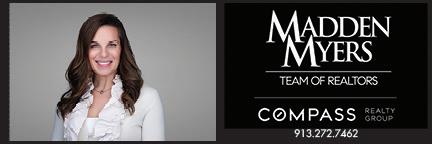



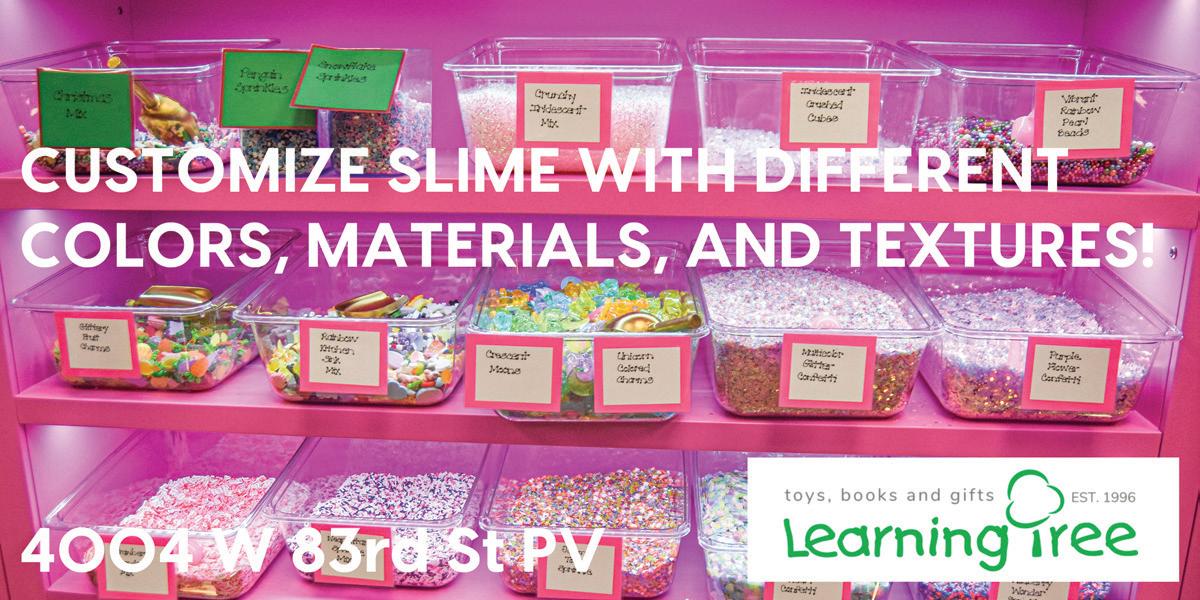
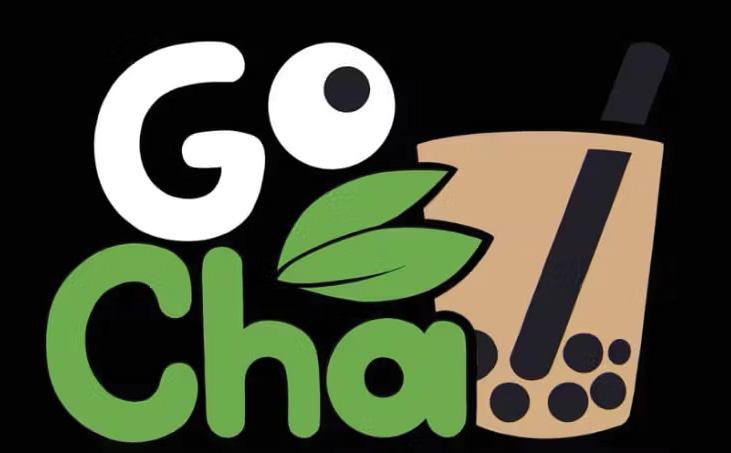



Michael
Winter — nicknamed “Big Mike” for his impressive 6-foot-5-inch stature on the field — will attend Dartmouth
Winter plans on majoring in mechanical engineering, with the possibility of switching to economics. As an honor roll student currently in four AP classes, Dartmouth’s academics attracted Winter, in addition to the connection
“We’re so proud of all the work that he has put in and taken upon himself to really be the driver of his future,” Michael’s mother Amy Winter said. “He put in the work that he knew he needed to for the baseball side, while also
As a senior, his legacy is more than just his killer two-seam fastball or the two no-hitter games he’s pitched this season:


Senior Michael Winter will continue his academic and pitching career at Dartmouth while majoring in mechanical engineering story by michael yi
it’s also the volunteer work he did as a SHARE executive and the cups of coffee he served as SM East’s first semester coffee shop manager.
During Winter’s time co-managing coffee shop last semester, marketing teacher Amanda Doane noticed his positivity and hard work. His duties included coordinating shifts, drawing chalkboard art and planning a site visit to the Roasterie.
“He has all these understated skills that he doesn’t really talk about because he’s such a great student,” Doane said. “But he’s also so creative.”
While he’s recently received attention from professional scouts at games, Winter said his current priority is to attend college while keeping his professional options open.
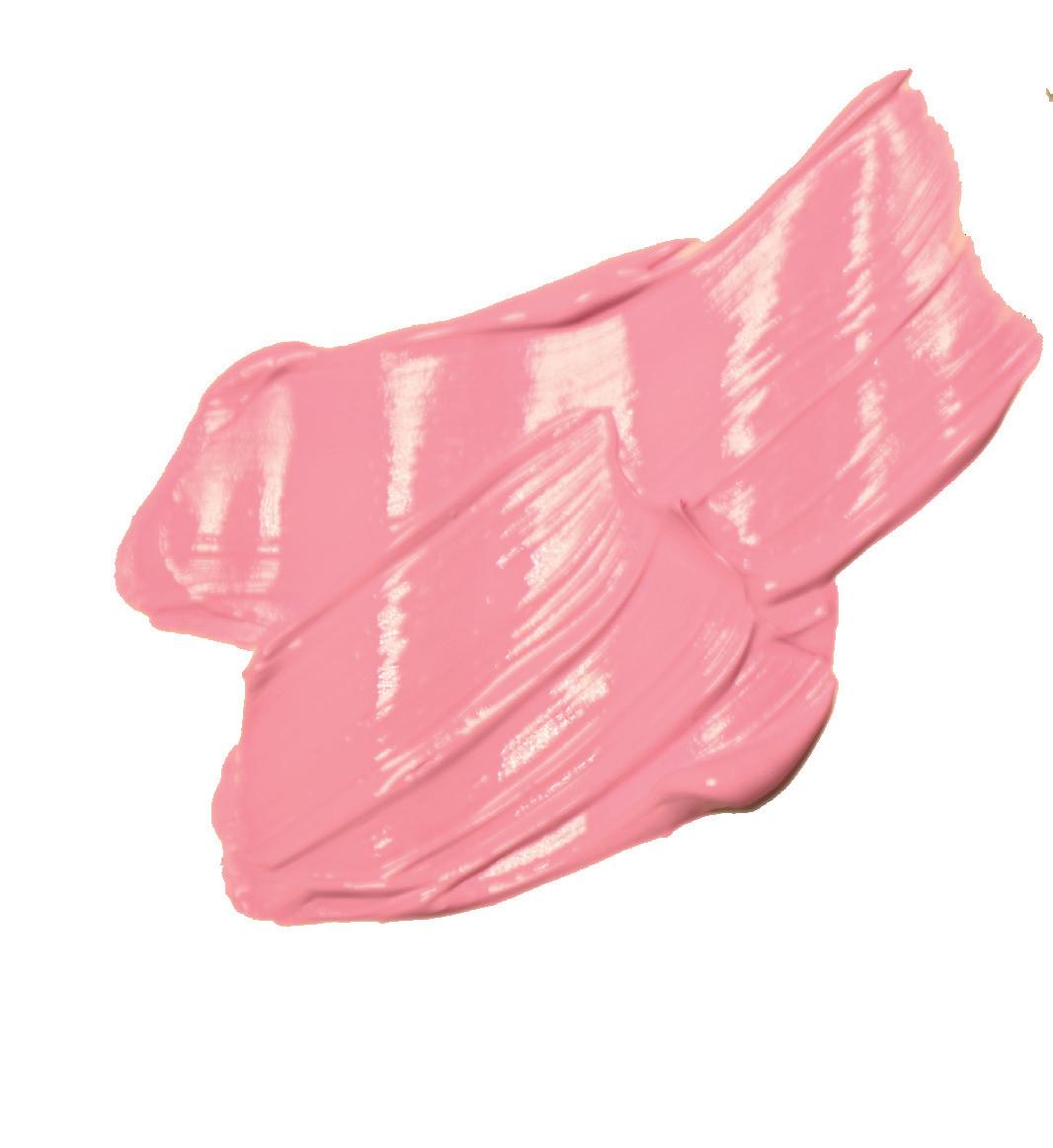
“I’m not going to turn down any opportunities,” Winter said. “It’s all just a bonus.”
His four years on varsity have been marked

by steady improvement. His pitch velocity has climbed up to 93 mph — on par with MLB fastballs — despite Winter fracturing his back his sophomore year and missing the rest of the season.
For the remainder of the season, Winter’s goal is the same as it’s always been — to win a state title. At the very least, he’s happy just getting to play his last few games of high school baseball.
“I’m just enjoying it,” Winter said.”I’m just having fun [and] trying to enjoy the last moments. Especially since this is the last time I’m going to be able to play it for fun and not as a job.”

FOR SENIOR HELEN Jones, success in business didn’t start with a college acceptance letter — it began behind the counter of a high school coffee shop.
Jones recently earned a spot at the University of Wisconsin-Madison’s selective Business Emerging Leaders program. BEL is a competitive summer initiative that brings together a diverse group of incoming business students for leadership development, group projects and shadowing opportunities, according to the BEL website.
Throughout high school, Jones continuously immersed herself in SM East’s business program, taking marketing principles and management classes, competing in DECA and managing the student-run coffee shop, Columbia Brew, during her senior year.
“I was really excited when I found out I got in,” Jones said. “I was in English class watching Hamlet, and I looked down at my phone and saw the email. I texted my parents right away.”

story by jeremy george
Senior Helen Jones heads to the University of Wisconsin-Madison’s prestigious Business Emerging Leaders program
The BEL program’s selection process is based on more than just grades. The application required two essays — one about personal identity and another on what she hoped to contribute to the program.
“The second essay was tough,” Jones said. “I went through a lot of drafts before I felt good about it.”
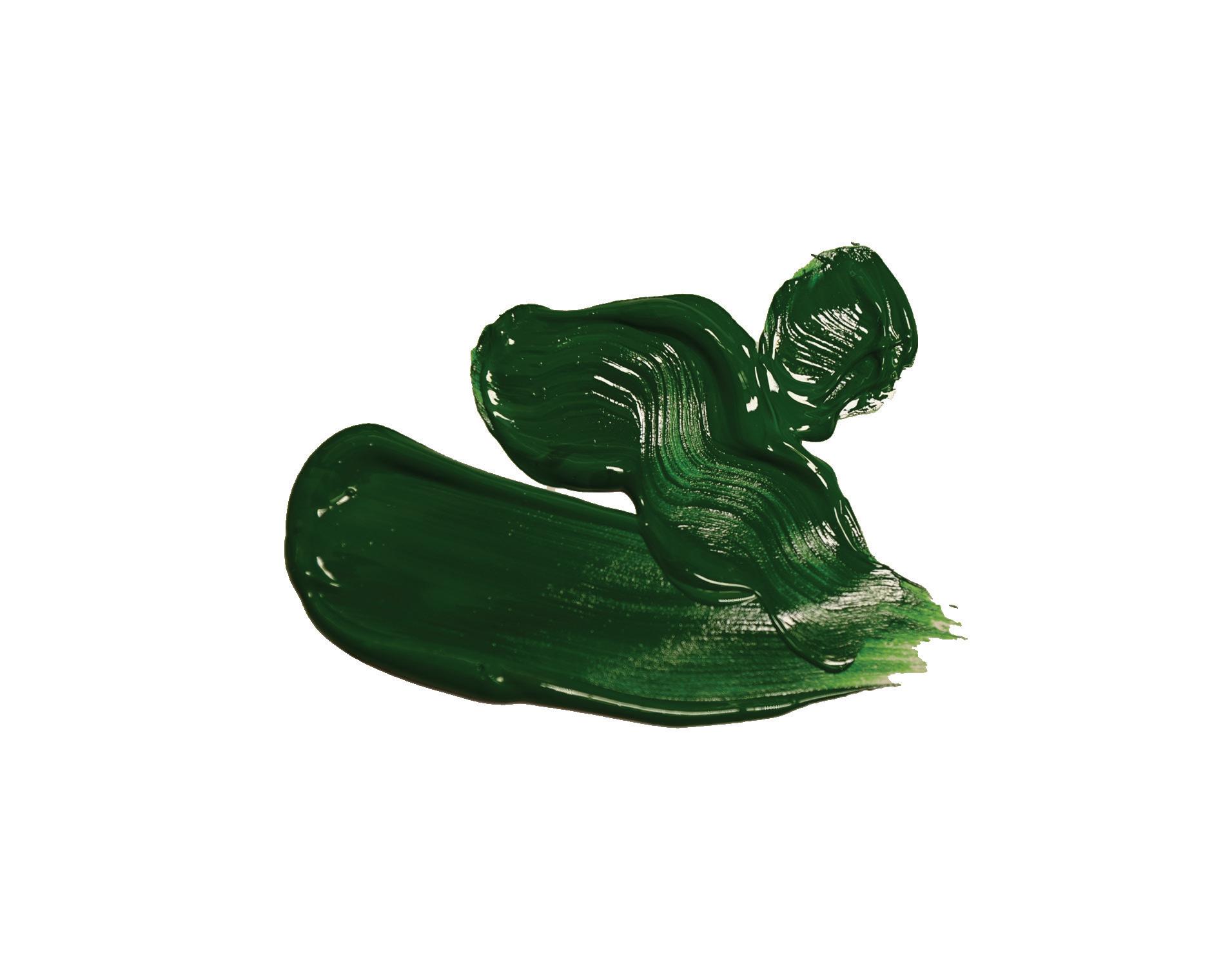
But revising essays was nothing new for Jones, who has done everything from planning employee development to Donut days as manager of the coffee shop.
“She understands how to motivate people with kindness and sees the big picture,” Columbia Brew adviser Amanda Doane said.
According to Jones, managing the coffee shop helped cement her career goals as she now plans to double-major in business management and supply chain management.
Outside of school, Jones works at Indian Hills Country Club and serves as the assistant yearbook editor of Hauberk — roles that
have taught her responsibility and teamwork.
“If I had one piece of advice for anyone interested in business, it’d be to believe in yourself,” Jones said. “Hard work really does pay off.”
Jones is preparing for a busy summer filled with travel and new opportunities. She’ll be traveling to the Wisconsin campus on July 6 for the three week BEL program. After a brief stay in Kansas City, she’ll move into the Wisconsin dorms to start her freshman year on Aug. 25.
“I’m excited. I think it’ll be a good adjustment period for me to, like, meet new people and like, because it’s a small group,” said Jones.


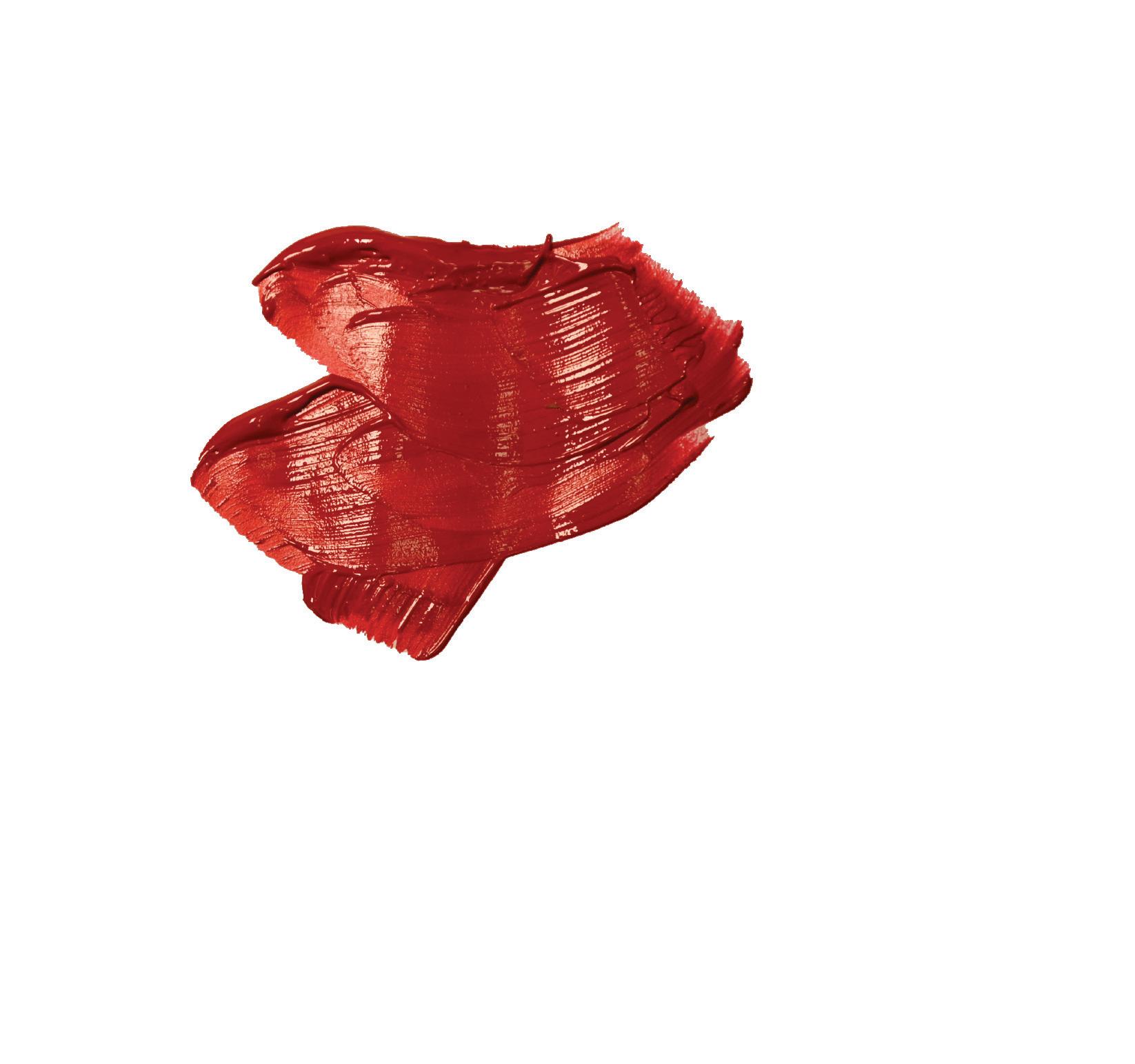
AFTER SENIOR MARIA Rocca finishes getting ready for school, she sits down and pulls out a small notebook — home to lists of Italian verbs and phrases — and quizzes herself on them. She’s determined to become fluent.
“Arrivederci, ciao, addio!”
“I try to drill [Italian] in my head so I think about it throughout the day,” Rocca said. “Then, when I’m talking to someone, I’ll just be like, ‘Now, how will I say that in Italian?’”
Rocca will join other international students participating in the Rotary Youth Exchange, a program where students learn a new language and attend an Italian high school in Brescia while on the path to becoming global citizens.
Next year, with the Rotary Youth Exchange, Rocca will live close to Brescia, Italy for 10 months as she studies at a local high school. In the meantime, she’s learning Italian to prepare for trips with host families and interactions


story by sophia brockmeier
Senior Maria Rocca will participate in the Rotary Youth Exchange in Italy next year
with exchange students.
“I’m really excited to meet all the other exchange students because they’re going through similar things with homesickness and all of that,” Rocca said. “So it’ll be nice to have that connection with those people.”
Rocca chose the Italian exchange program because her extended family immigrated from Italy to the United States in the early 1900s. She’s also interested in architecture, specifically churches, and hopes to attend services when she’s there.
Senior Martina Bernardi currently participates in the Rotary Youth Exchange, studying in the United States at East rather than her home high school in Cremona, Italy — she’ll return back to Cremona on May 25.
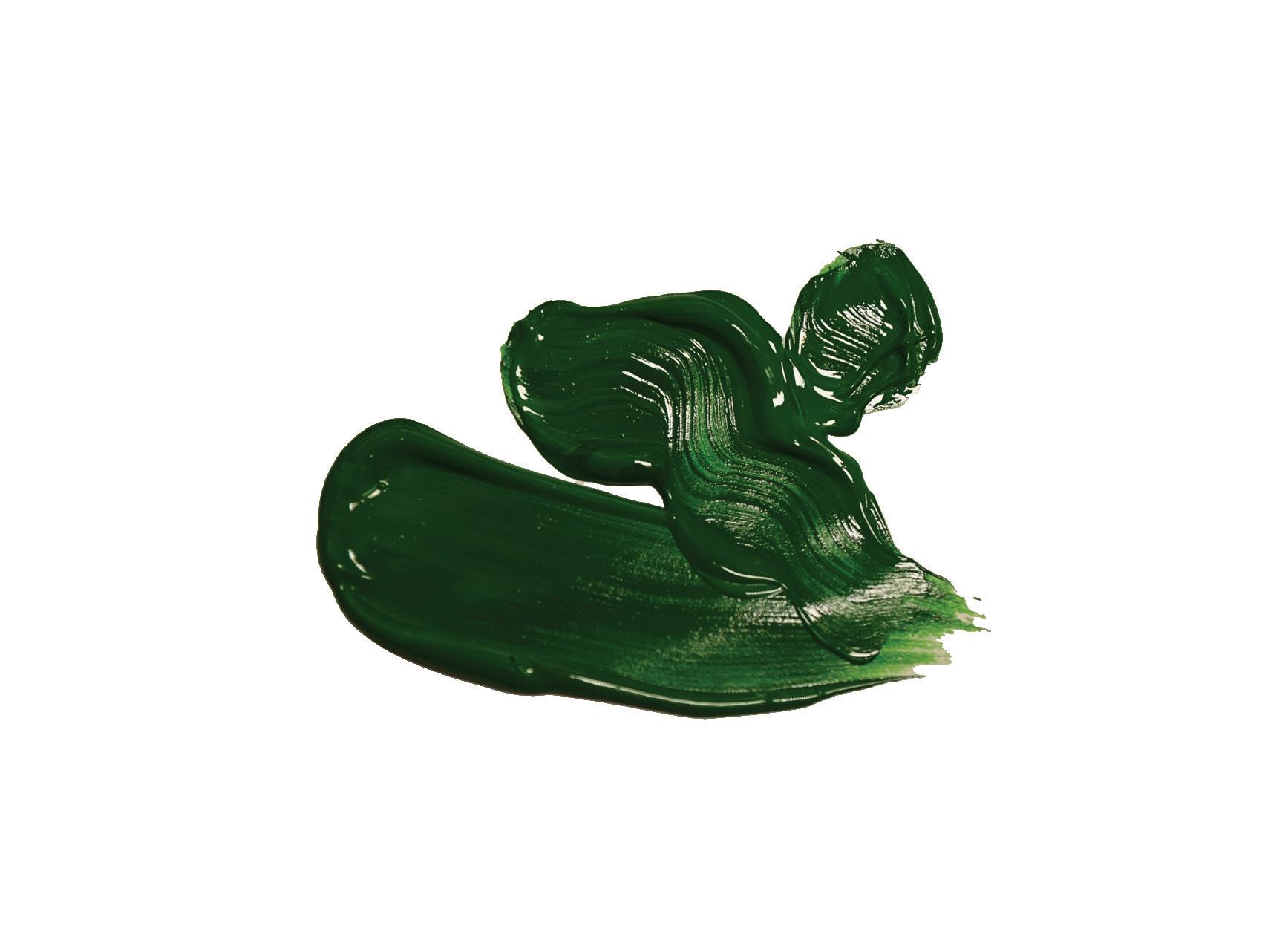
I get so excited.”
Although Rocca hasn’t taken any official Italian language classes, she’ll be armed with a Duolingo streak and her notebook of Italian verbs and phrases for her year abroad.
“We all have these different backgrounds, but we all come here to speak Italian,” Rocca said. “There could be someone from Portugal, and they only speak Portuguese and Italian, and I speak English and Italian, so we get to speak our second language with each other.”



“I realized leaving home, how much I love my country,” Bernardi said. “[Maria’s] gonna learn so much. Whenever I hear about an exchange student that’s coming to my country,

GROWING UP in the town of Cremona, Italy, senior Martina Bernardi was always intrigued by the prospect of studying abroad in the United States, describing it as her biggest dream. Once the opportunity came to her two years ago, she knew she had to book a flight.
Bernardi’s best friend had used the Rotary Youth Exchange program to study in France and recommended the program to her. After going through the five-month application process, which included two interviews and a weekend trip in Northern Italy, Bernardi chose the top five countries she wanted to study in: the United States, Canada, Norway, Finland and Denmark. Last April, Bernardi was notified they’d found a place for her to stay: Kansas City.
Arriving in the Kansas City International Airport, she realized she had taken the excitement of Italian living for granted.



Martina Bernardi is moving back to her home country of Italy after studying in Kansas as part of a foreign exchange program story
Life in Kansas could be boring at times, yet these shortcomings didn’t interfere with her dream, according to Bernardi.
She lived with two host families since the exchange program wanted students to have a complete experience of studying abroad.
Bernardi recalls the school system in Italy is more individualistic than the schools in the United States. School sports don’t exist at her school, there is little to no relationship between the teacher and student and scarce group projects.
“Academics in Italy are way more difficult, but you get less opportunities,” Bernardi said.
Though Bernardi’s a senior at East, she has one more year of high school waiting for her in Italy, since Italian high school is five years long, giving her more time to find a career path she connects with.
Bernardi’s French 3 teacher Gina Baker had a similar experience to Bernardi when

she spent time studying abroad in France, relating to what she was experiencing.
“When she first came in she was super excited to be here, but I could see that she was starting to miss home,” Baker said. “I studied abroad and so I understood every day when she’d be a little bit down, I’d always try to pick her up.”
Baker explains that Bernardi inspired her to begin to learn Italian. Now, Baker frequently greets Bernardi with a “Buongiorno” when Bernardi walks into class.
“She’s such a wonderful girl,” Baker said. Bernardi plans to return to her hometown in Cremona, Italy on May 25.
“I’m so excited. It’s gonna be hard but I’m excited. I need to go,” Bernardi said.
MAY 12, 2025





designs by kai mcphail

photos by caroline martucci & clara peters




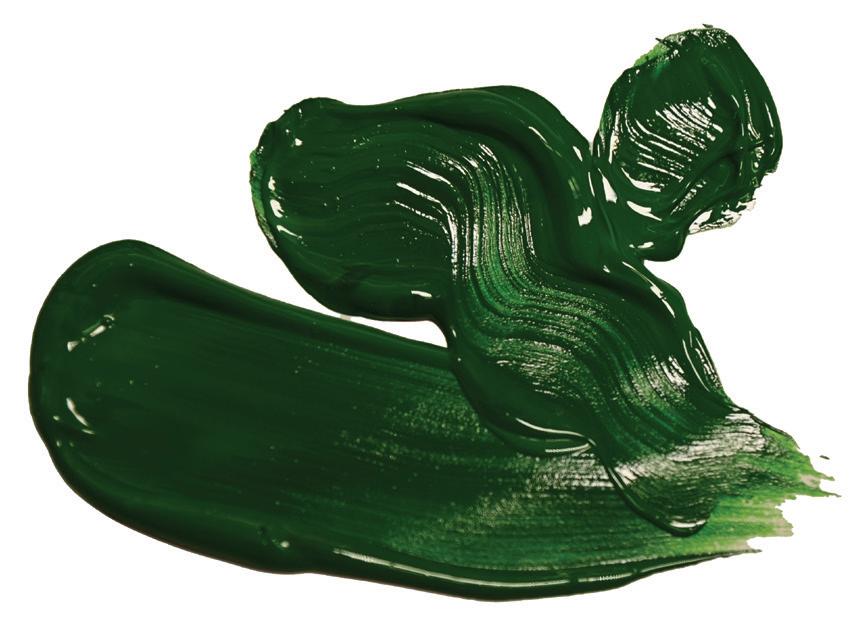

Following my sister onto Harbinger has taught me the importance of being myself and using competition to push myself to do better
Harbinger means
Just to name a few: shouting “welcome to class” over a room full of jerds excitedly flipping through the newest issue, belly laughing over episodes of “MILF Manor” at 2 a.m. with my PDFing crew, sneaking into my friends’ rooms past curfew on J-trips — sorry Tate — and holding back tears when a page has 14 links in RGB have all been core parts of my time on staff.
But one thing stands out among the rest: being on staff with my older sister Peyton.
Growing up, strangers would ask if Peyton and I were twins despite our two-year age gap. I’d excitedly jump up and down and say “YES!” as she’d quickly explain she was most definitely older and
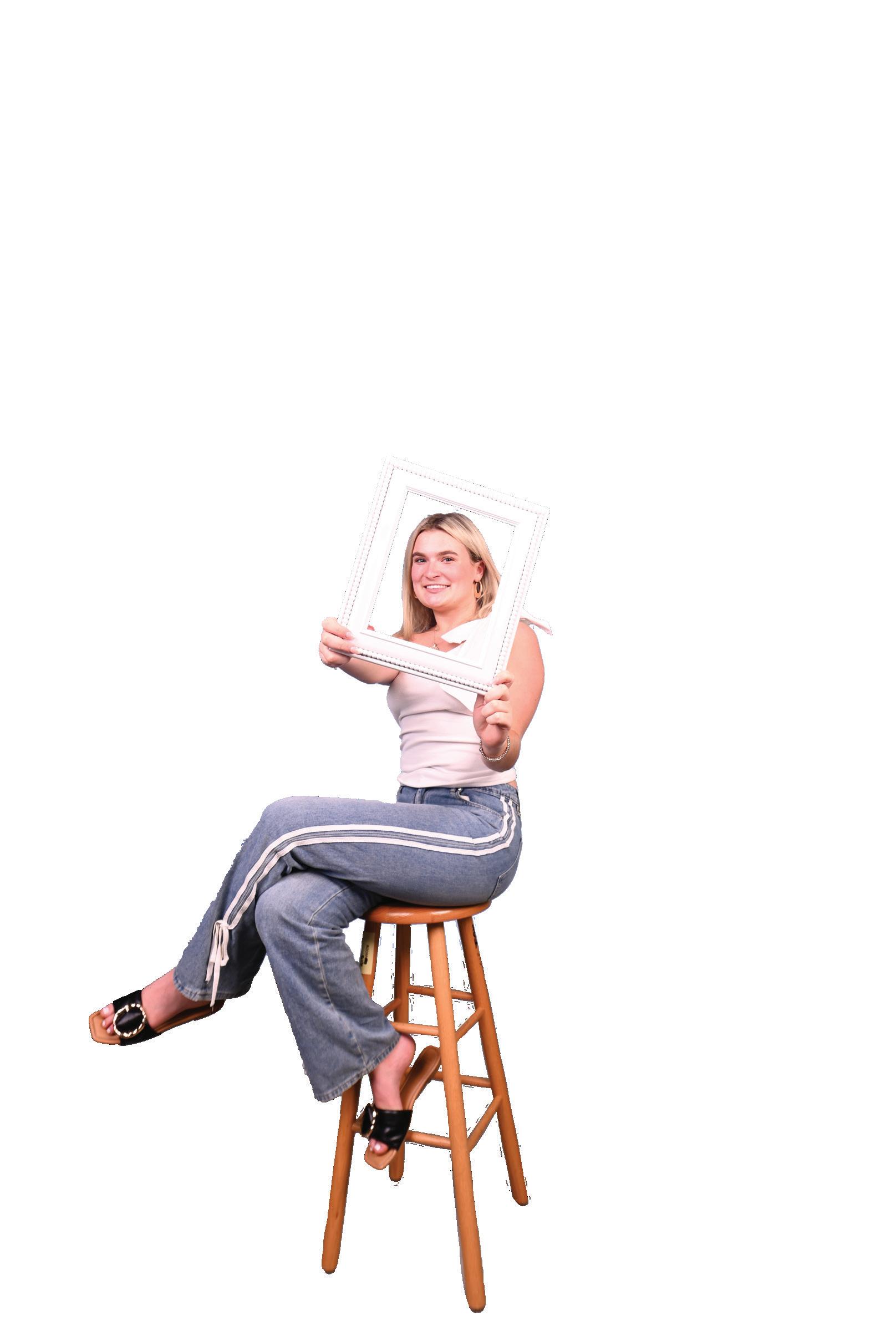
When Peyton got a new white top, I got the pink version two days later. When she made the club volleyball team, I spent hours practicing to hopefully make it one day.
So naturally, when she skipped family dinner to go to deadline for over 10 hours every other Wednesday night doing this thing called “Harbinger,” I mentally began preparing my application two years in advance.
It didn’t matter that I had no interest in writing an editorial and no idea how to even create a text box on InDesign — I just wanted to be Peyton 2.0.
And when she won fifth place National Designer of the Year, my competitive tendencies needed me to get fourth. Spoiler alert: my designs were never that good.
After joining staff, I spent my first three years picking up Peyton’s awards for her at conventions and overhearing editors rave over her designs. Meanwhile, my pages were being brutally critiqued and I faked my way through writing weekly online stories.
But at some point, I started to overhear Peyton complimenting my alt copy designs and stating my story that week “wasn’t that bad” — the highest form of compliments from her.
It wasn’t until she texted me, “Addie that’s so so impressive” after winning second place National Writer of the Year this year that it all clicked. I spent so much time trying to beat my sister in design that I never even considered my writing was more than just decent.
I was never going to be Peyton. It just wasn’t possible. My success and confidence with Harbinger didn’t come from copying my sister, it came from being me.
I stopped feeling stuck in her shadow and found confidence in my own work, rather than comparing it all to hers.
So to my favorite person to cry to in the fourth floor bathrooms, my go-to for any Harbinger rant and one of the best designers I know — thank you for inspiring me to be my own person.
Harbinger taught me the importance of having a thick skin and the benefits of constructive criticism
“YOU KNOW, YOU don’t need to be on staff.”
After joining Harbinger my sophomore year, I’d gained confidence in my skills as a writer and, to a lesser extent, designer. But when the head editors at the time pulled me into the library during spring semester and shared these callous words with me, all of that confidence disappeared.
Since I was little, my biggest fear was failure. Not because I needed to succeed with every little project, but because of the criticism that accompanied any shortcomings. Joining Harbinger was my way of confronting this suffocating sense of fear.
As a sophomore, I was often overwhelmed
But I hadn’t even been on staff for a full year, what did they expect?
So, when I was finally asked to quit the staff, I decided to embrace my faults in the future out of pure spite.
This ‘motivation’ led me to reapply for my junior year anyway, with the fear I had previously experienced replaced with the determination to prove last year’s editors were wrong. I realized with every suggestion, edit and dreaded Tate critique, I slowly improved as a writer — with every mistake teaching me something new.
In the past, a brutal first edit made me question everything about the piece. Now, I intentionally seek out the toughest copy editors to butcher my latest article.
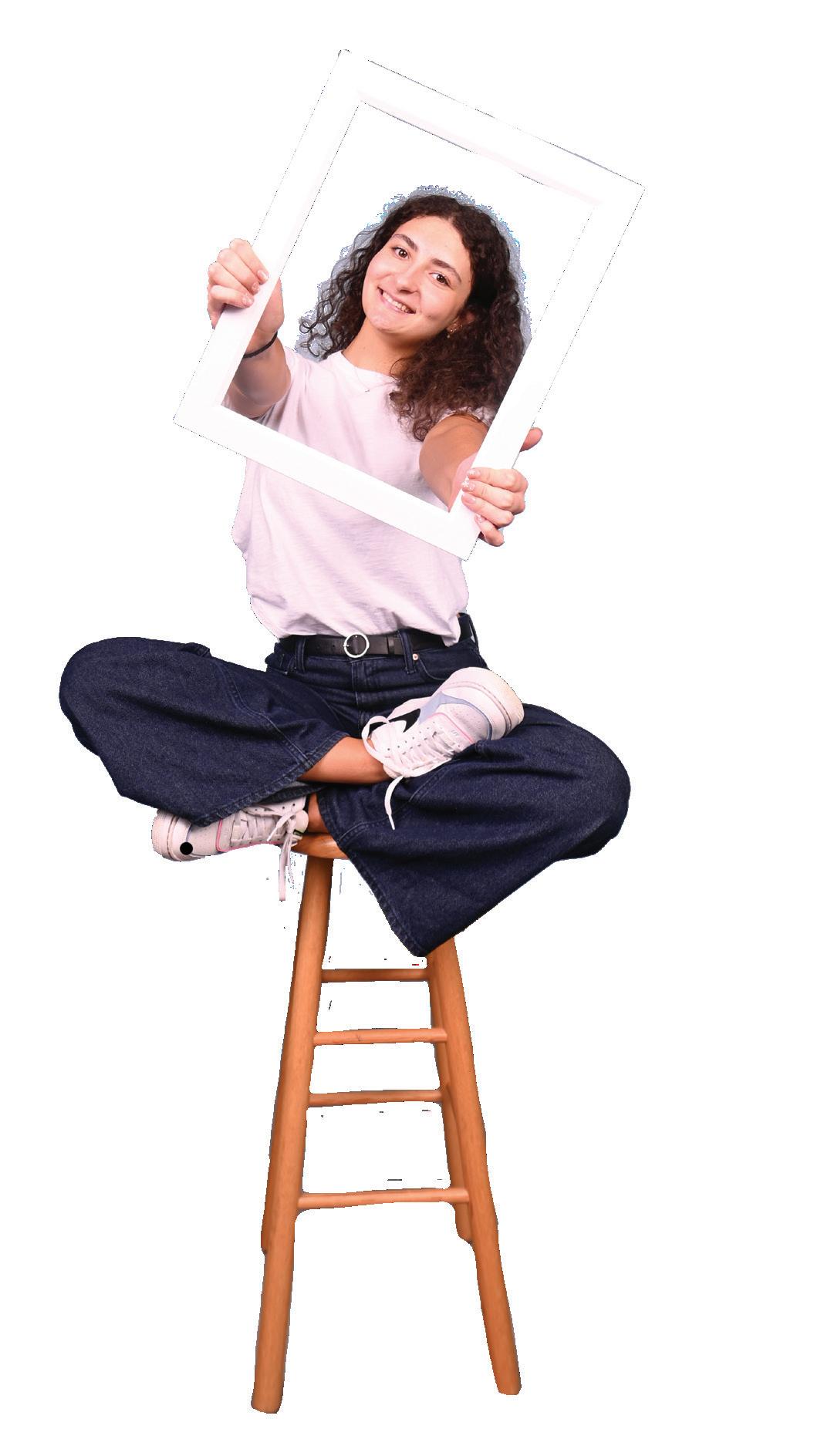
After initially being intimidated by experienced staffers, I discovered they were my greatest resource for information. They’d once been in the same position and were more than willing to answer any questions that arose from my struggles.

With this epiphany, I was able to overcome many mistakes and truly thrive over the last three years on staff.
Not every student wants to take Harbinger, known for being an especially difficult elective, but learning how to meet deadlines and clearly communicate on a group project are essential life skills forged in the J-Room.
If I could go back in time and do high school all over again — a terrible idea — there are few choices over the last four years I truly regret. I have accepted that without the paper, I would never have learned to use my mistakes to find solutions.
Criticism can seem harsh at the moment, but every hurtful comment helped me become head online editor as a senior, proving to those stuck-up editors that making mistakes doesn’t mean you can’t improve.

I HATE TALKING to people.
I actively avoid any social confrontation, always beelining for tablet kiosks in restaurants and choosing to work independently. So naturally fifth-grademe was set on joining Harbinger — a class where writers talk to dozens of strangers
Makes sense.
But before unconsciously applying to my worst nightmare, freshman-me had to fend for my life in the woods. Also known as attending J-1 class.
for Harbinger on your list.”
Maybe, just maybe , this trek through the woods was worth the excruciating discomfort. So I jumped back down the never-ending hole of embarrassment as a new Harbinger staffer sophomore year. And I panicked. Every awkward silence or stupid question sent me into a spiral of overthinking. Until the last story of the semester.

Tate ruthlessly assigned stories that had me interviewing everybody from a terrifying senior to the SMSD head of educational testing. I was exhausted. My life became a highlight reel from “America’s Funniest Home Videos” as I stammered and stuttered through my interviews. But through all of Tate’s “huh” and “????” critiques, one comment loomed larger: “Really nice job. Hope you have applying

In 2023, an East senior received a $20,000 NROTC scholarship, so I approved the story with the editors and got to work. Staring at his mom’s number, I felt the familiar brick in my stomach. It’s going to be awkward — just get through it. With shaking hands, I pressed call.
“Hello! I’m so happy you’re writing a story about my son! He’s worked so hard for this moment, and I’m so happy you recognized his talent!”
My heart stopped. This wasn’t included in my mental script. I stammered out a
Harbinger helped me branch out of my socially awkward bubble to tell people’s stories
mumbled “You’re welcome” and continued. But after I hung up, I felt different.
I felt... happy?
This feeling is what Harbinger is for: telling people’s stories.
I’d been selfish this whole time. My writing isn’t about me , it’s about the subjects . When reading an article about a state-winning student athlete, people don’t care who wrote it — because that’s not the point.
I’ve had parents text me with their thanks, students repost my writing on their Instagram stories and people pass my articles around the lunch table. Writing impacts people. It makes golfers and actors and debaters feel seen and heard.
Now, as the Head Copy Editor — and maybe a less socially awkward person — I still hate talking to people. It’s true, I do. But I’m willing to sacrifice comfort for the smiles I see as students read my stories.
I guess people aren’t that bad.
“AND OUR FINAL assistant photo editor: Amelie Wong.”
I watched, teary-eyed, as the very last member of the 2023-24 Harbinger staff was announced. I heard endless clapping, cameras flashing and tears of joy as each staffer received a certificate reading “CONGRATULATIONS.”
Well, everyone but me.
I guess I just wasn’t good enough.
As I drove home with my friends, their faces stamped with smiles, I thought about how much I regretted anything and everything I did for Harbinger. What good is the newspaper anyways? It’s not like I belonged, and they’d made it evident I didn’t have what it takes.
I turned off the lights in my room and sunk into my bed, prepared to rot in my sorrow for hours. My face buried into a pillow, I promised myself I’d never do anything like Harbinger ever, and I mean ever,
Harbinger is always something unexpected, one day you’re the only member of staff kicked off, the next you’re an editor
“Kai?” It was my mom knocking on my door. “Harbinger just posted on Instagram. I don’t think you’re kicked off.”
I wiped my face — well, I guess Harbinger wasn’t that bad.
At the start of the next school year, I received a two-word apology and a onedollar box of Pocky Sticks. Facing the head editors, I hesitantly took the box and exchanged a few awkward looks. From then on, I lived by one motto: never be forgotten again.
I talked nonstop to my classmates, took up writing and worked extra hours to make something of myself. In a single semester, someone who used to be nearly invisible turned into someone unafraid to speak his mind: and loud at that.
them I started my page two hours before it’s due. The people I can laugh and cry with after I see “16 links in RGB.” The people that support me for me.
The once-haunting claps at the next year’s banquet were now filled with love. Instead of leaving empty-handed, I got a certificate, this time reading “CONGRATULATIONS NEW DESIGN AND ART EDITOR,” and a trophy for being “the most fun to be around.”
And out of some miracle, I now can say I’m a part of this newspaper’s amazing editorial staff. It wasn’t easy, but I couldn’t be more grateful for the people, past and present, who allowed me to get involved and be myself.
If I’d never made an effort to be extroverted I wouldn’t have the relationships I cherish today. I quickly realized Harbinger isn’t all about designing, it’s about the people holding this publication together. The people who never doubt me after I tell
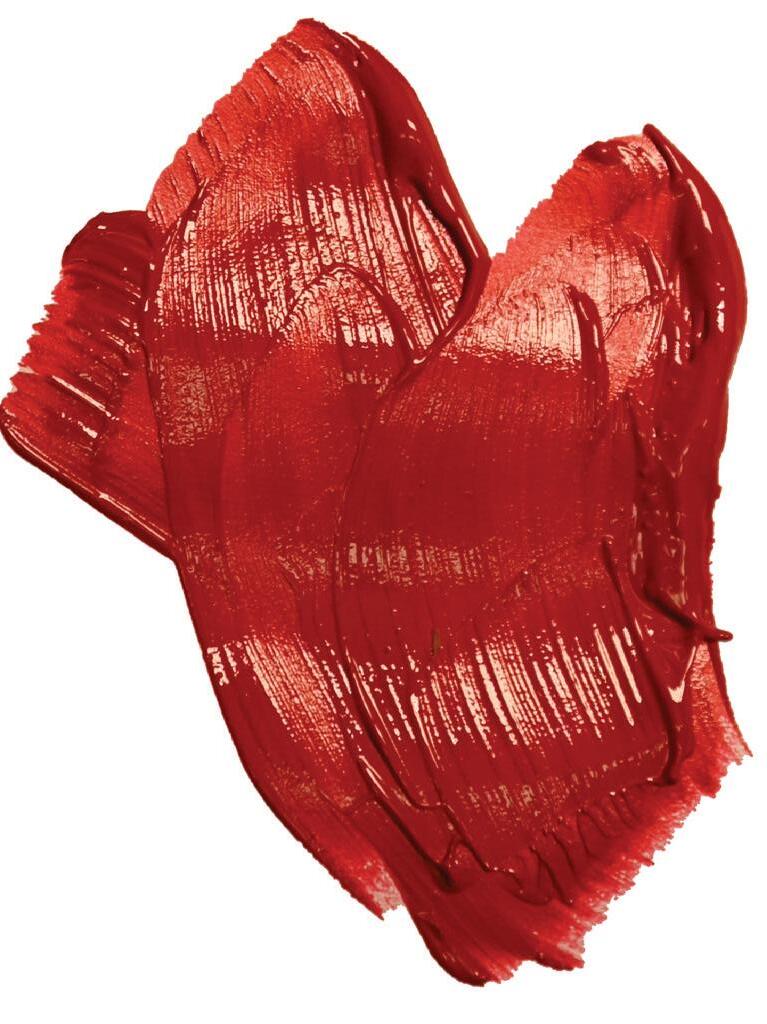
I mean, who else is going to redesign your pages? Thought so.

My journey to becoming a Head Print Photo Editor has taught me to be resilient no matter the circumstances
AT THE END of my sophomore year I met with my Head Photo Editors to ask if I had any chance of scoring an Assistant Photo Editor position next year.
I left with a smile on my face. I was almost certain this promotion was going to happen and I was going to achieve my biggest high school dream. The night of the Harbinger banquet I sat patiently awaiting my big moment.
I listened as my now-retired editors read off staffers’ new positions.
“Caroline Martucci: Assistant Photo Editor. Amelie Wong: Assistant Photo Editor. Clara Peters: Assistant Photo Editor. Molly Miller: Photo Mentor.”
Tears rolling down my face, I sat, completely destroyed. Insecurities raced through my mind as I questioned why I wasn’t good enough. Each deep breath felt
like salt in a wound as I sat, wondering what more I could’ve possibly done.
Returning to the journalism room my junior year, I had to prove the editors wrong.
I knew I was good enough. I spent countless hours shooting girls soccer galleries, taking mugs on the fifth floor main staircase and pulling students from classes for caption interviews. I even helped coordinate the series of images found in the ramp halls.
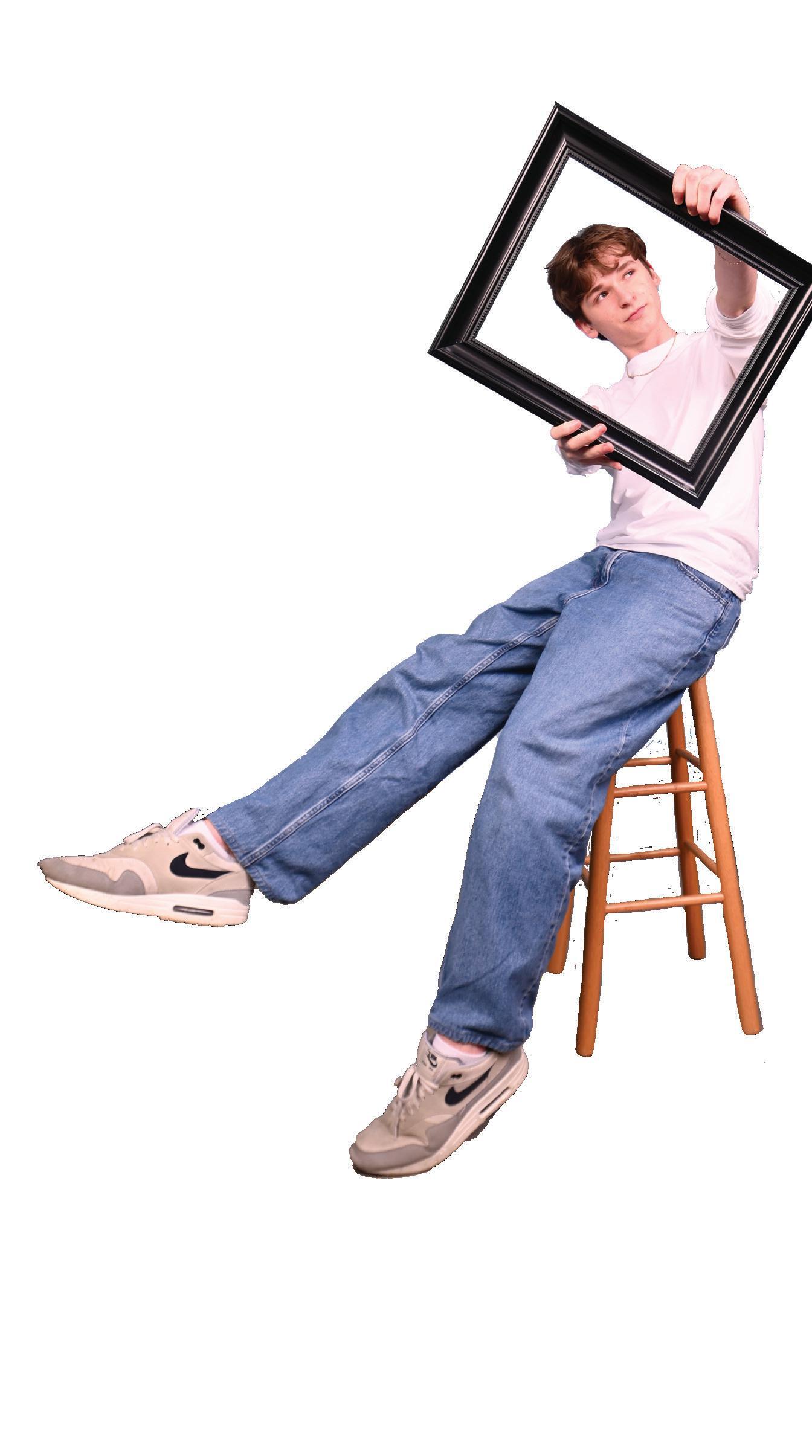

I was told “good job” by Tate for the first time — a rare occurrence in general — so I knew my effort was paying off. So, when May rolled around, I typed up an application one last time.
At the banquet that year, over the same classic pasta and lemonade from last year, when I heard “Molly Miller: Head Print Photo Editor,” it was all worth it.
I walked into the J-Room the following August with a feeling unlike ever before. With every photostory, caption and gallery,
I understood what I’d been missing the whole time — I didn’t believe in myself or
But the switch flipped in my mind. I watched as my photostories grew stronger throughout the year, my abilities to use the pen tool in InDesign improved and my connections with staffers became tighter. My work is now something I’m truly proud of. My Head Print Photo Editor position is my varsity letter, my state medal and my scholarships.
I’ll always look out for the photographers sitting in the back tables in the J-Room, silently submitting an application for Assistant Photo Editor. They have my passion, and I’ll always try to recognize that.

IT’S RARE TO find one of us without the other.
Simultaneous nail appointments before every school dance, working the same seven-hour shifts at Kansas City Country Club three days a week every summer and a joint grad party — all thanks to four years on Harbinger together.
We became friends through shared carpools to gallery shoots — before we were trusted to drive on the highway — and sitting on the J-room floor freshman year because there weren’t enough chairs for new staffers. We were those “bungee buddies” Tate begged to split up on the field so we didn’t end up with SD cards full of identical pictures.
It wasn’t until our first Dallas summer workshop that our bungee cord snapped.
After an hour-long sweaty bus ride for our intermediate photo class, we
waterpark. The blinding Texas sun made it impossible to see the pictures we’d taken.
Realizing neither of us took any usable photos, we knew we had to switch locations. That’s when something unprecedented happened.
We wanted to shoot different scenes at the waterpark.
We wouldn’t have time to shoot two different activities so we made a choice we hadn’t before: to split up. Yes, we actually had to adjust our settings without asking each other what ISO to use. But after working our own scenes, the photos turned out great despite shooting alone. We each received awards at the end of the workshop, but for different reasons.
Ever since that day, we’ve had enough confidence in our own skills to divide and conquer. In Dallas the following year, we naturally split off to shoot different photostories — don’t worry, we shared a cheese pizza for lunch first.
We’ve grown closer and found success by embracing our own photography styles
And now as Head Print Photo Editors, we know the importance of teaching our 30-person photography staff the power of their individual perspectives.
Our goal with this year’s photo magazine was to share stories through each photographer’s lens and perspective.
When the magazine placed fourth at a national convention — the highest the Harbinger has placed since we started producing photo magazines — it proved success can come from seeing life through different lenses. The same shoot will now always result in different photos from us. If you show Tate a photo from an event we both shot, he immediately knows which one of us took it.
So, don’t be afraid to stretch your bungee cord. Finding success on your own doesn’t mean your cord can’t snap back together to write your senior column.
Or maybe that’s just us.

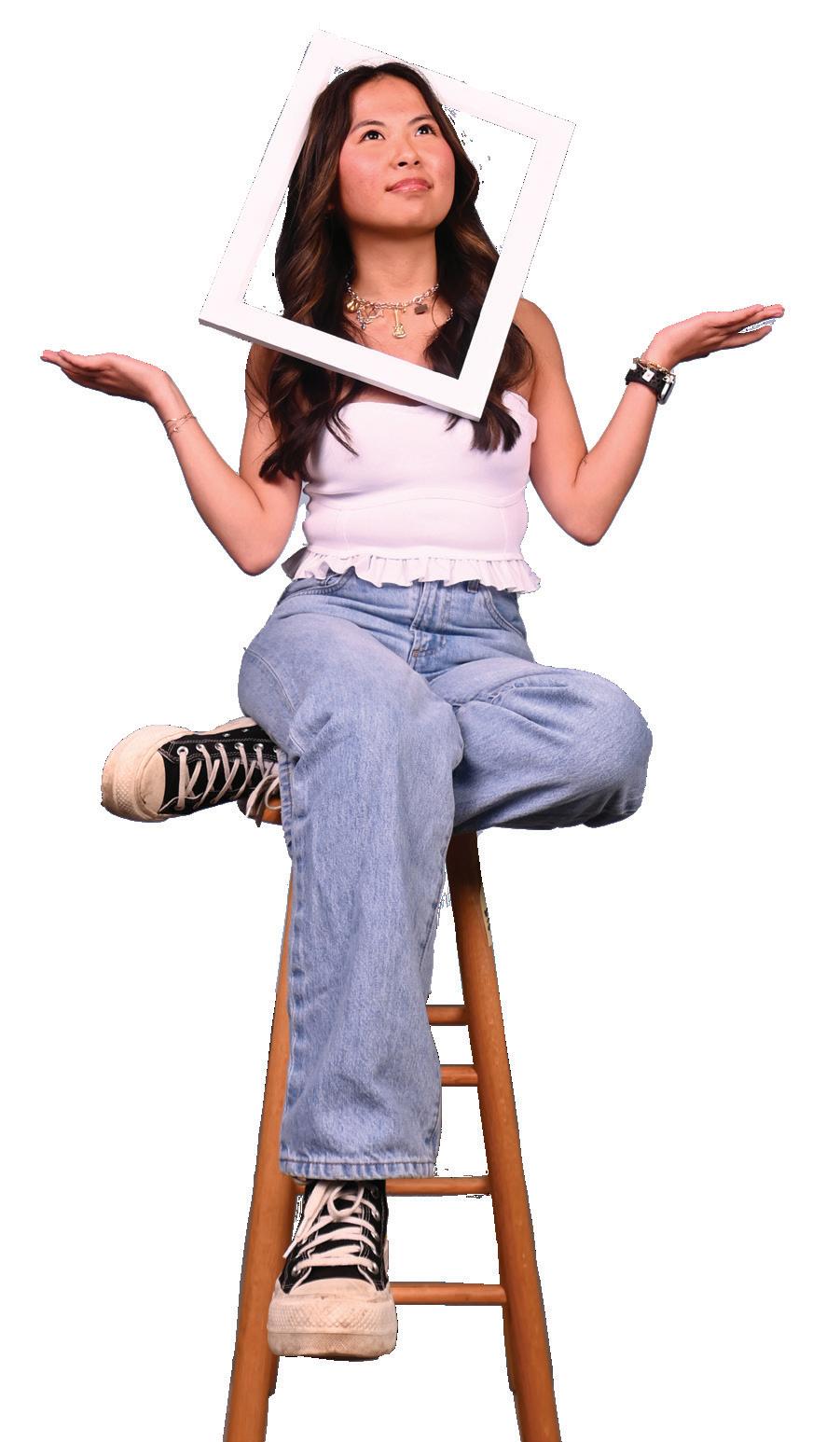
me what my Harbinger position is I say I’m the Head Online Photo Editor. The question that always follows is, “So what do you do?”
My response: I don’t know.
The position was created by the editors last year just for me. This was the first time the photo editor position had two different categories, print and online.
The only responsibility I knew I would have was working with galleries– that’s what my editors told me when they gave me the position. It was up to me to decide what the rest of my duties would be.
I was spending hours in class helping staffers during class with one-on-one meetings and late texts and phone calls. But I still didn’t feel like I was pulling my weight as an editor.
I didn’t have to suffer trying to design the photostories, and I would give away my
print and online assignments to staffers who were struggling to find credits.
I was spending so much time correcting mistakes in galleries, I began neglecting my duties as a photographer — oops. I only shot 20 galleries this year — 10 to 15 galleries less than my previous years on staff.
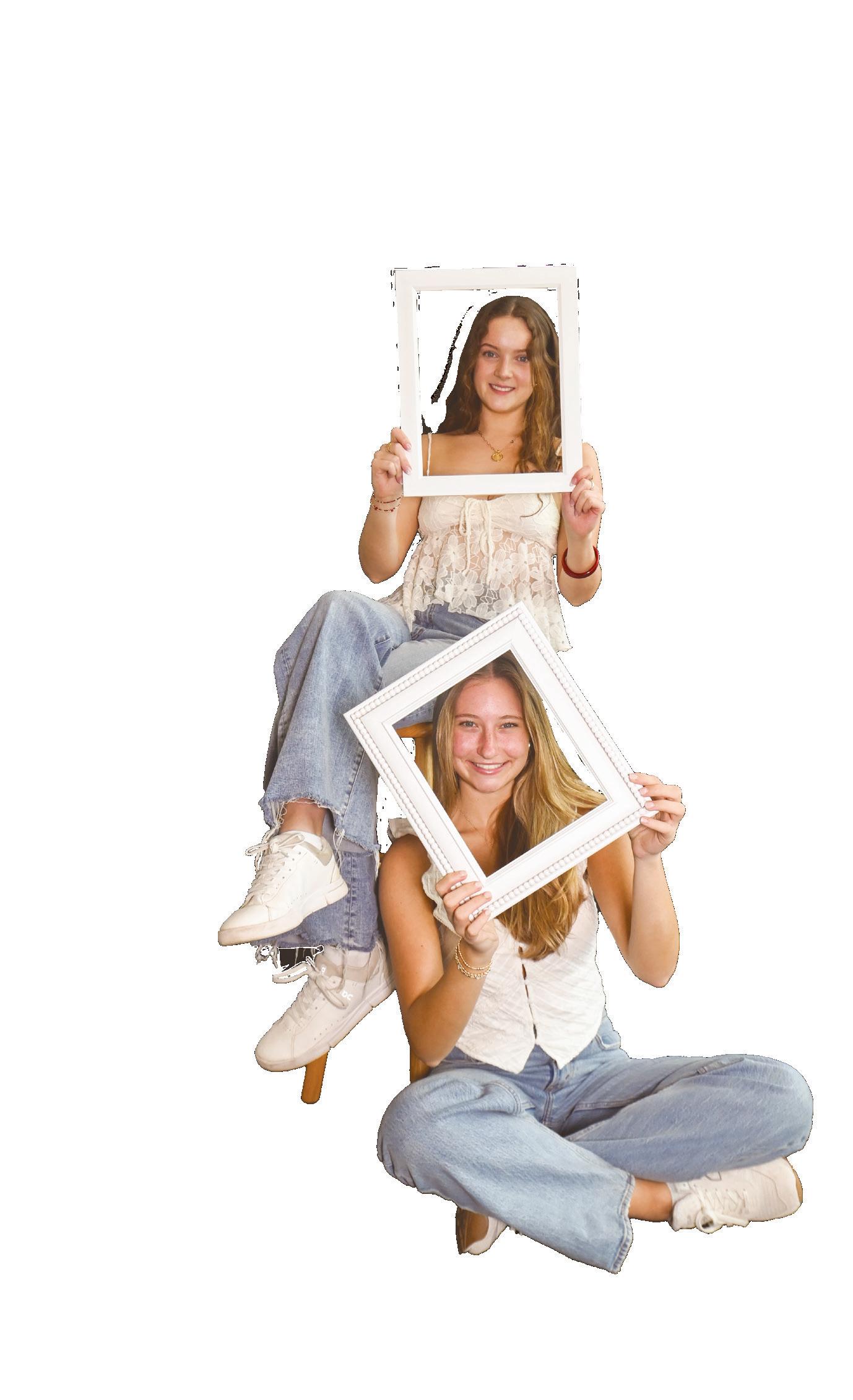
Harbinger let me turn a made-up position into a legacy I’m proud to pass on
The whole reason I was given this position was because of my ability to post endless galleries and show up to any and all events to shoot. I would pull all-nighters every other night of the week just to get a gallery finished and posted in one day.
I honestly think I earned my position because my editors felt sorry for me because I gave up my social life in the name of posting galleries on time.
This year, I created a new way to track and organize galleries, defined the criteria for what makes a gallery good quality and created a multitude of resources to help
and make galleries with all of my photo babies. Now, every time I see a new gallery on the website, I feel like a proud mom. I’m still not 100% sure what it means to be an online photo editor, but I am proud to say that I’m the first person to hold this position. The next online editor will continue to develop the position further and each editor after that will have a chance to leave a legacy for future harblings to follow.
The Harbinger wasn’t built overnight, and neither was this position.
COPY EDITOR
IT’S THE END of the school day in April, then-freshman Isabel is daydreaming in her World Regional studies class to avoid studying for finals. She looks over and sees her friend and desk partner, Lucy Wolf, editing a social media post for The Harbinger on her computer.
Fast forward to the fall of sophomore year, Isabel is making her first social post, now holding her own spot on staff. Nudging Lucy — together again, but this time in the J-room. Help! She whispers as Lucy looks at her off-centered, ugly post that’s far from the Harbinger Instagram’s standards.
Many late-night deadlines, calls filled with tears and Lucy’s assistance on quite literally every very rough post later, and Isabel is suddenly offered an Assistant Social Media Editor position.
Now, Isabel sits in the Head Social Media

Harbinger has taught us the importance of having someone laughing with you when you mess up
Lucy’s journey looked slightly different — she never surpassed staff writer status.
Applying to Harbinger second semester of her freshman year, Lucy had no idea what she was getting herself into — becoming a staff writer, page designer and social media staffer all at once, resulting in her crying herself to sleep at least three times a week over the excessive workload.
As Lucy’s positions changed over the years, the only constants on her Harbinger journey were being a staff writer, fighting to get enough edits and having Isabel by her side. And yet, we wouldn’t have it any other way.
Years progressed and Lucy somehow managed to remain on staff — she sent the “Hey! I won’t be at writer’s tonight, I have dance!” text more times than the editors could count. Having a constant support system like Isabel made Lucy continue challenging herself on Harbinger year after year.

From Lucy still never knowing what’s going on four years later, Isabel being a text away saves her from embarrassing and simple questions like how many ad credits she needs a semester to wondering how many interviews she needs for an online story.
But even after all those 11 p.m. rants on a Sunday night while grinding out their print drafts, we made it through...somehow.
Next thing we knew, we were in the Commons posing for pictures to pair with their final story on staff.
Find yourself someone who isn’t scared to laugh at your crooked folios and offcentered headlines. Find someone who you can call for a second opinion when you’re both up late, frowning at your computer, unsure of what to do next.
Find your staff best friend, because as cringy as it sounds, it makes the experience a million times better.
“YOU ARE JUST like your mom.”
I’ve lost count of how many times I’ve been told that in my life.
The thing is, I wanted to be just like her — her work ethic, charisma everyone seems to love and her ability to make anyone laugh. Ever since I was little I strived not just to impress her, but to become a carbon copy of her — she’s just that perfect.
But when little freshman me had to write my first news story, I couldn’t fathom talking to three people I didn’t know. My hands shook every time I handed a pass to a teacher to interview their students and you would’ve thought I was an F1 racer with how fast I would rush through interviews.
Tate didn’t have to tear me apart in critique; I tore myself up.
I wasn’t like my mom.
I’ve seen her go up to strangers in

Striving to be like my mom helped me make connections through Harbinger
athletic outfits in Target and ask them if they played pickleball, then spend five minutes asking them about the rules of the sport. When we went to Disney, she’d walk up to random people on the street and ask them for restaurant recommendations.
All these random interactions are fun for her, yet a nightmare to me.
Why couldn’t I be like her?
I dedicated myself to never repeating the social awkwardness of my first interviews. I picked up features whenever I could, volunteered to run passes and took every opportunity I could to talk to people.
Once, I asked how she had the confidence to do that. Her response? “I don’t know but those strangers love me!”
At that moment, I realized there was no “skill” to talking to people. I just had to be myself.
I didn’t need to master my confidence

or hype myself up before interviews. I just needed to make connections.
After this, I stopped trying to curate the perfect list of questions — I went in and focused on conversations.
I’d open up conversations even if they weren’t exactly on topic the second my interviewee walked into the J-room.
Harbinger is more than just getting quotes or texting people for edits — it’s about making connections. Connecting with my copy editing groups, connecting with Tate and connecting with whoever I’m interviewing.
So, while I still may not have my mom’s ability to approach random people and ask them whatever’s on my mind, in my four years on Harbinger, I’ve successfully picked up her ability to connect with anyone she talks to — arguably a better lesson.

AFTER MUCH CONTEMPLATION, I’ve decided to address something that’s been weighing on my conscience for many months.
I’d like to formally apologize to anyone I’ve offended with my opinions or editorials. I truly never meant to step on any toes with my writing.
At least that’s what I would’ve said in December, at the end of my first semester on staff.
Letting go of my fear of criticism wasn’t on my 2025 bingo card. Yet, thanks to Harbinger — and my opinions — I’ve both added and crossed it off my list.
I’ve never been one to shy away from being myself, so I should’ve seen the comments coming from a mile away when I began to fall into my writing niche: opinions.
Early on, I decided to ignore my wise advice to “not
My year on Harbinger has allowed me to overcome my fear of being judged through opinion writing
a lightning rod” in journalism. And while it cost me a few hate comments, it also allowed me to write about my passions. So, I’m not sorry for any of my opinion or editorial stories written in the past year because those are the stories that represent me .
My first controversial opinion, a story about the internet “winter arc” trend, was the first to ruffle a few feathers — or the entire advanced weights class.
Just as I’d grown comfortable with working my opinion into stories, I was surprised to check the Instagram comments of my article about a silly workout trend to see them filled with very masculine anger — because using anonymous accounts to hate screams “building a better me.”
But ripping the judgmental Band-Aid off was exactly what I needed to take my stories a step further.
I can’t please everyone, so I’m not going to stop putting my opinion out there.
Despite what I thought when I applied to the Harbinger a year ago — intending to only write news stories — I became known among fellow staffers for my sassy opinions and editorials.
As I poured my honest frustration or excitement into my writing, I gained confidence in opinion columns, despite risking becoming a “‘lightning rod” at times — sorry, Dad.
Even after dramatically promising to my editors I’d quit writing opinions to keep my own peace of mind, I quickly realized that just wasn’t me. No matter what I say,

My work led me to the Kansas Scholastic Press Association writing competition, where I placed third in editorial writing — something I only achieved by leaning into my thoughts, rather than disguising them.
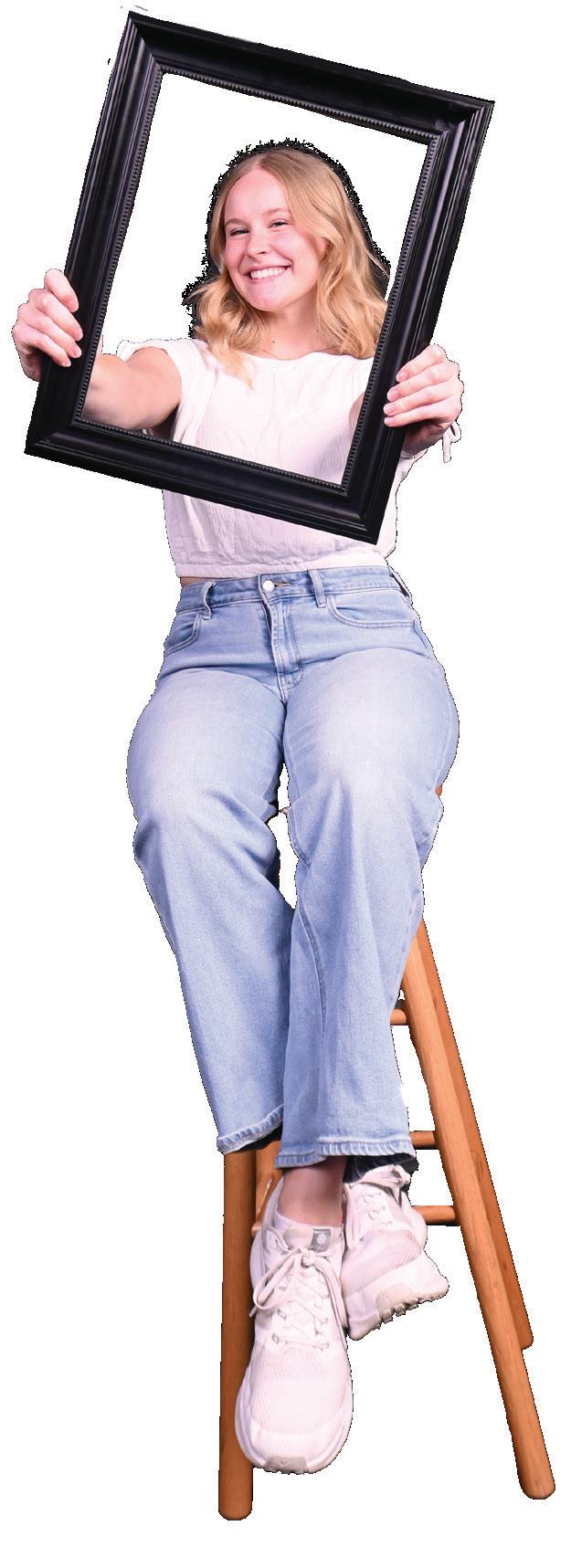
But regardless, this is my formal non-apology to all those I offended with my sass — I promise to do it again.
STARTING WHEN I was just three years old, I’d watch my sister through the window in her dance classes. Standing on my tiptoes, I couldn’t wait to follow in her footsteps and dance with her one day.
My big sister, Adya, is older than me by two years, to the exact day, and was everything I wanted to be when I grew up. Everything Adya did I wanted to do too — and that brings me to Harbinger.
Adya joined Harbinger her senior year of high school and every week I got to see her devoting hours to her detailed designs, each one being its own piece of artwork.
I wanted to feel that same love and passion for design.
When I joined Harbinger my junior year, it felt like going to a dance team tryout without knowing any of the choreography — terrifying. I couldn’t for the life of me figure out how to text wrap or add a drop

My older sister Adya is not only my built-in best friend but also my biggest role model and the reason I joined Harbinger
shadow. And what the heck is a pica, anyway?
While I never got to be on Harbinger with Adya, she convinced me to join after she graduated. If she hadn’t convinced me, I wouldn’t have spent every sixth hour and every-other Wednesday night cracking jokes with Ada Lillie and Mary or creating gameday GIFs for social media.
But every day I was able to go home and ask Adya for help.
My first ever design was a news page with three mini stories. Even though she was in college, Adya spent every day that issue after school with me on our TV room couch coaching me through the layout, color scheme and headlines of my page.
As more issues were printed, I began to rely on her less. I became my own designer with my own InDesign flare. Yet I really wouldn’t be where I am today in Harbinger
without Adya’s encouragement to join — and her constant support.
From dance to Harbinger, I’ve seen my sister soar. After Adya graduated high school, she became a college dancer, started a business and made some of the most eye-catching designs I’ve ever seen. In everything she’s done, I’ve admired her and dreamt to do the same.
Harbinger has brought me some of the best friendships and memories that I’ll never forget, from every design brainstorm to every deadline. I’ve made connections that will help me throughout the rest of my life.
And whenever I add a drop shadow or pen tool art to my page, I’m reminded of my sister’s everlasting impact.
Thank you, Adya.


Video gave me the chance to learn how to tell other people’s stories, even if that wasn’t my original plan
I WAS NEVER supposed to be the video editor.
Running around the J-room asking “How can I help?,” staying up until 3 a.m. to post a YouTube video covering a protest and filming an airplane taking off were things I never expected to do.
Freshman me thought he knew everything there was to know about photography, since I started shooting in middle school. You could ask me anything. And taking that ego to heart, I knew exactly what my senior year would look like: I was going to be a photo editor.
During my sophomore year, I tried to improve as much as possible, shooting every varsity basketball game I could. I joined the video team, because I wanted to try something new. And at the end of sophomore year, I applied to be an assistant
And while that door was certainly closed, another one opened. Video. And that door was wide open for me. No other type of journalism could match it — not even photo. Video gave people a voice — the chance to tell their story and the opportunity to be heard. Video forced me to consider how their story should be told.
That fascination with how to tell others’ stories is what motivated me to learn the craft. I discovered the difficulty of coordinating. I learned how to ask the hard questions, and also how to listen. I fell in love with the process — asking them to tell me their story and watching that story come together. Video became something I wanted to do.
Video gave me the freedom of choosing how to structure a story. It made me improve in areas beyond just taking better photos. It gave me the opportunity to pass on that passion. I learned to appreciate
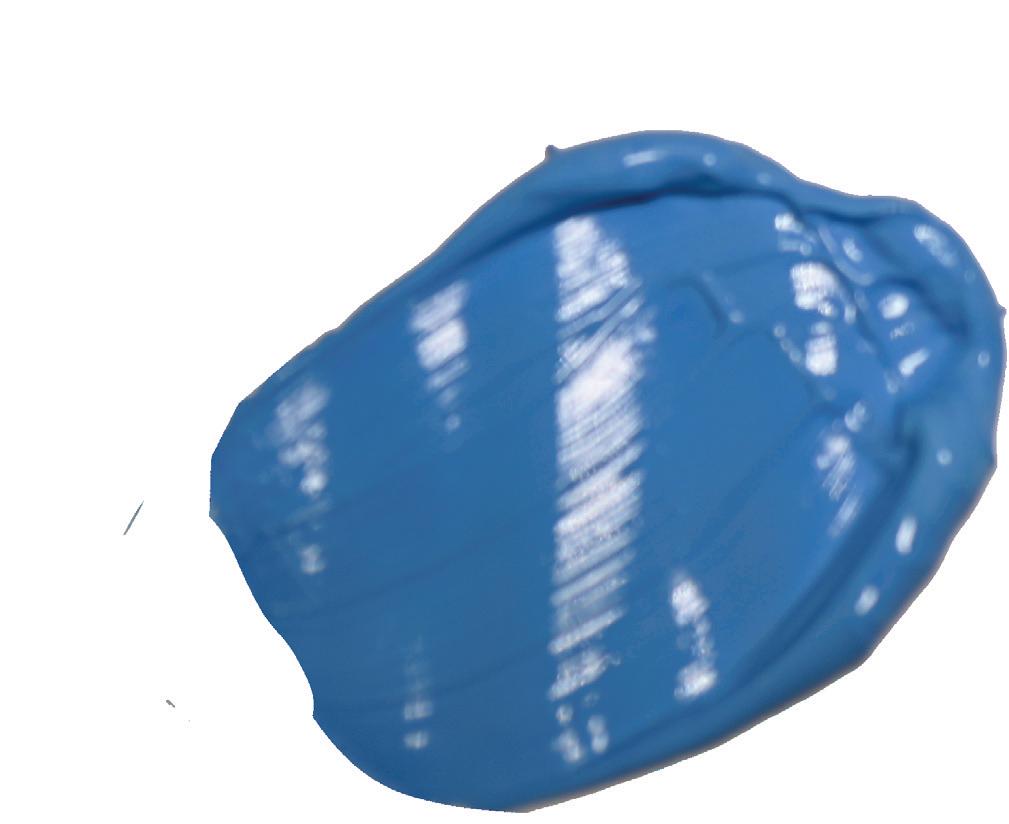

stories for not just their visuals, but how they were told. And as I look around the J-room, reflecting on the last four years, I regret none of it.
In Harbinger and in life, your path can change. And you should embrace that change. For me, that change was joining video staff. All the hard times: explaining what a rotobrush was, learning how to edit and having to tear apart all of the cabinets in the J-room on Lancer Day, just to find a single cable, were completely worth it.
You never know when a change in your path will end up being the right one all along.
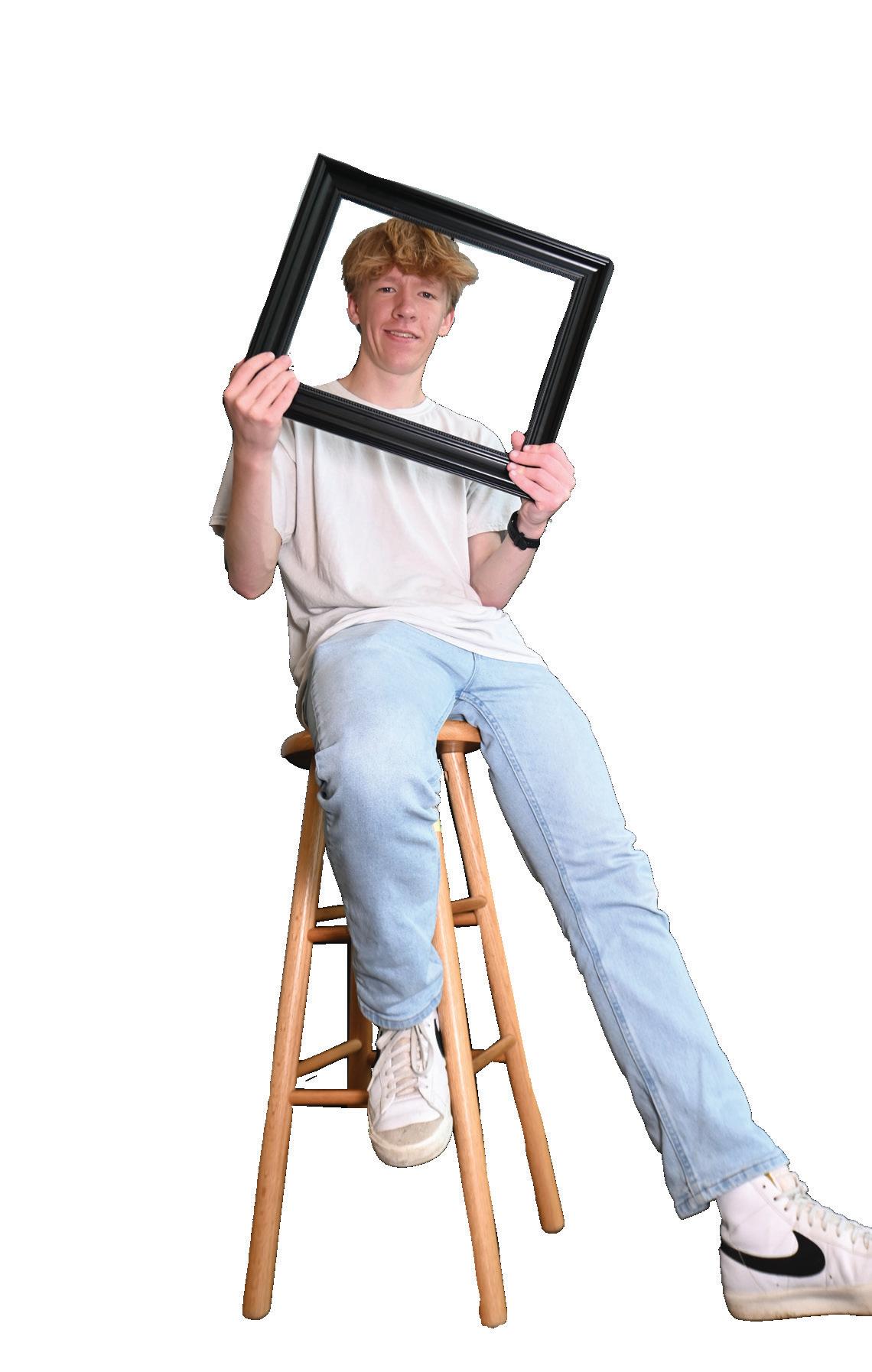


Being a Head Video Editor allowed me to capture stories and to inspire people to do the same
IT WAS MY first day on Harbinger staff.
Equipment checkouts, print deadlines and AP style were all foreign to me. What wasn’t new on my first day was my vision to revitalize the video staff. I expected myself to lead, but I didn’t know how much I would end up learning along the way.
Being a Head Video Editor isn’t just about texting people “hey, how’s the video going?” and running a video brainstorm. It’s about telling stories people don’t know, like a student racing go-karts or someone with a passion for working on his car with his dad. Being a Head Video Editor is a front-row seat to many things most people
This year, Harbinger stopped being about making perfectly edited videos and started being about the people.
My hope was that every video made someone feel heard and seen. These videos gave me new perspectives on classmates
who, even in a short five-minute interview, reminded me that everyone has a story.
Sure, the process wasn’t always glamorous. I had to deal with a lot: audio that sounded like it was recorded inside a microwave, watching the same clip 25 times to check if it’s “cinematic” and running across an airport to get the perfect shot of a plane taking off. I even had to do a logarithmic math problem for a teacher during a fire drill to get one of my staffers out of class to work on a video.
My camera taught me to pay attention to details that are often missed — the way someone beams while talking about what they love and the quiet moments when people forget the camera is even there. I chased these details, and I think somewhere in chasing them, I found myself too.
Even with my camera bag packed up and the year coming to a close, I’m realizing the most difficult thing isn’t the basketball
video that I spent hours editing or the sports reporting productions I directed — it’s the end of my time on the Harbinger. To future Head Video Editors, don’t just film what’s happening. You’re not here to make videos look perfect. You’re here to make them matter. Don’t aim to impress, aim to connect. If you do that, everything else will follow. People will trust you with their story. Even if a video barely gets 30 views, it still means something to the people in it. Make videos that matter. Oh, and backup your files. Don’t keep them on your four SD cards.

